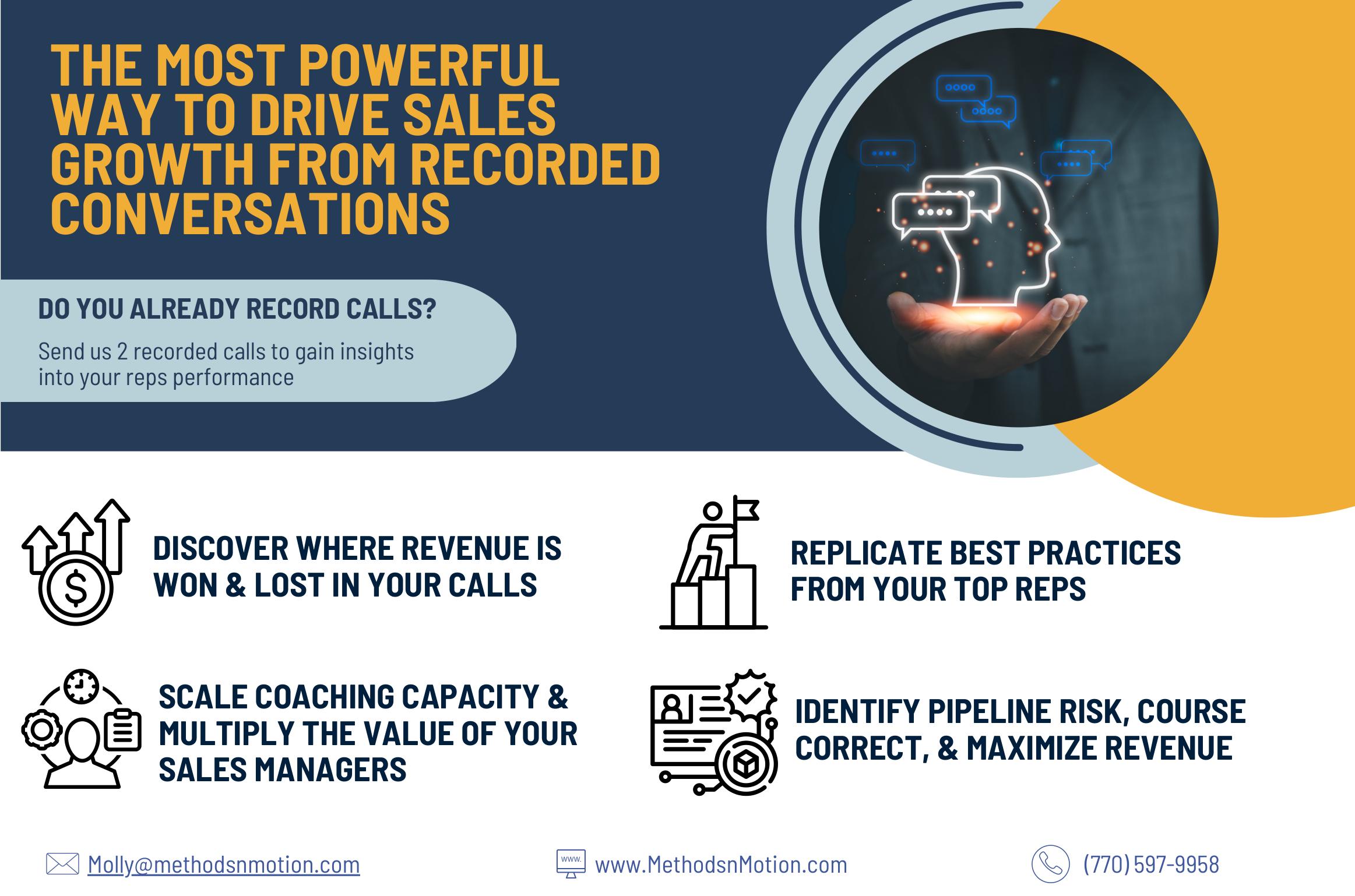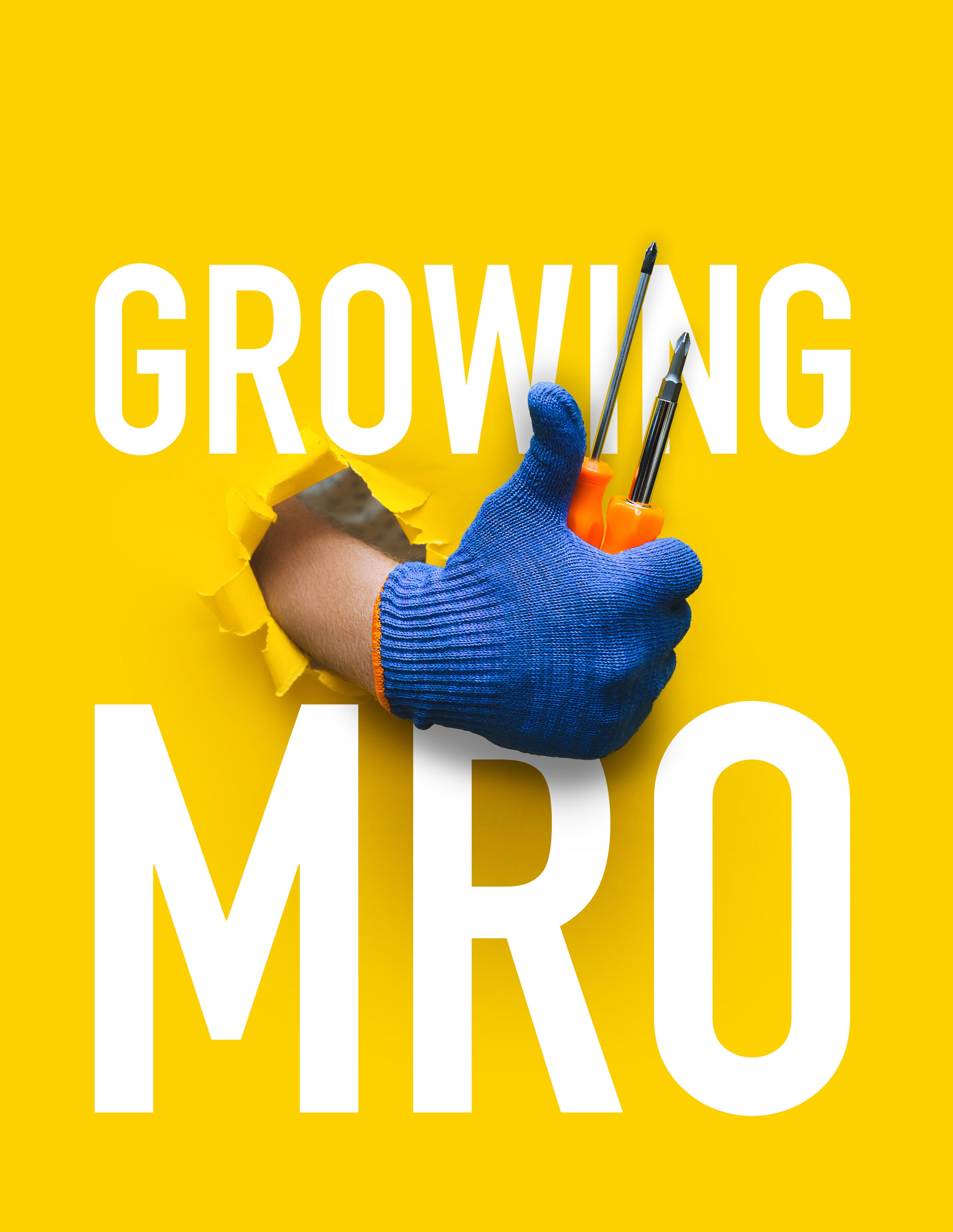

INDEPENDENT DEALER
the official publication of WSA
Editorial & Contents
Leaders of the pack
I’m proud to point out that two of our regular articles this month feature true industry stalwarts, headed by professionals who are leaders not only in their dealerships, but in the IDC as a whole.
Leading off Winner’s Circle this month, in our traditional Anniversary Dealer slot, is Kennedy Office of Raleigh, North Carolina, which is celebrating its 65th year. As you will discover on page 4, the dealship—run by siblings Mary Catherine Sigmon and Charlie Kennedy—has grown through a willingness to take risks in diversifiying its product portfolio and a deep appreciation of its employees.
Meanwhile, the dealer featured in our Secrets of Success column on page 12 is Wist Business Supplies of Tempe, Arizona, which—as it happens—is also celebrating an anniversary this year, having started out 70 years ago. At the helm is Ian Wist, the grandson of founder Martin. It is no coincidence that he highlights the importance of looking

Rowan McIntyre, editor and publisher rowan@idealercentral.com
after its team and to focus on categories outside the traditional offer.
As mentioned, the leaders of these dealerships have also taken their message beyond their companies.
Both Mary Catherine and Ian serve or have served on the boards of buying groups, while Charlie is on the board and is immediate past chair of the WSA. I thank all three for taking the time to speak to us, to further help their fellow dealers.
Perhaps unsurprisingly, Charlie and Ian are also previous winners of the NAOPA award for Professional of the Year. As to who might take up the mantle in the future, you can see the shortlist for Young Executive of the Year at this year’s awards, together with news about the products nominated, on page 18
4 WINNER’S CIRCLE
Good things happening to independents
12 SECRETS OF SUCCESS
Wist Business Supplies, Tempe, Arizona
14 INDUSTRY NEWS
26 WSA FOCUS

30 SEEN AT NEOCON
A look at some of the products on display in Chicago
30 COVER STORY
Growing MRO: Lisa Veeck asks if the maintenance, repairs and operations category can provide the bottom-line boost your dealership is seeking?
40 COLUMNS
40 West McDonald: On closing the AI gap
42 Jennifer Vitanzo: Upgrade to premium for Gen-Z
46 Tom Buxton and Brennan Thomson: On shark attacks and Post-it Notes
48 Troy Harrison: On managing long sales cycles
50 Marisa Pensa: On why calling still counts
INDEPENDENT DEALER
Editor and publisher
Rowan McIntyre
Associate editor
Lisa Veeck
Head of media sales
Chris Turness
Finance and operations
Kelly Hilleard
Head of creative
Joel Mitchell
Digital manager
Aurora Enghis

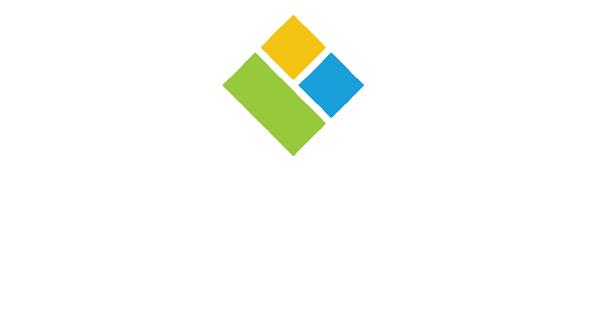
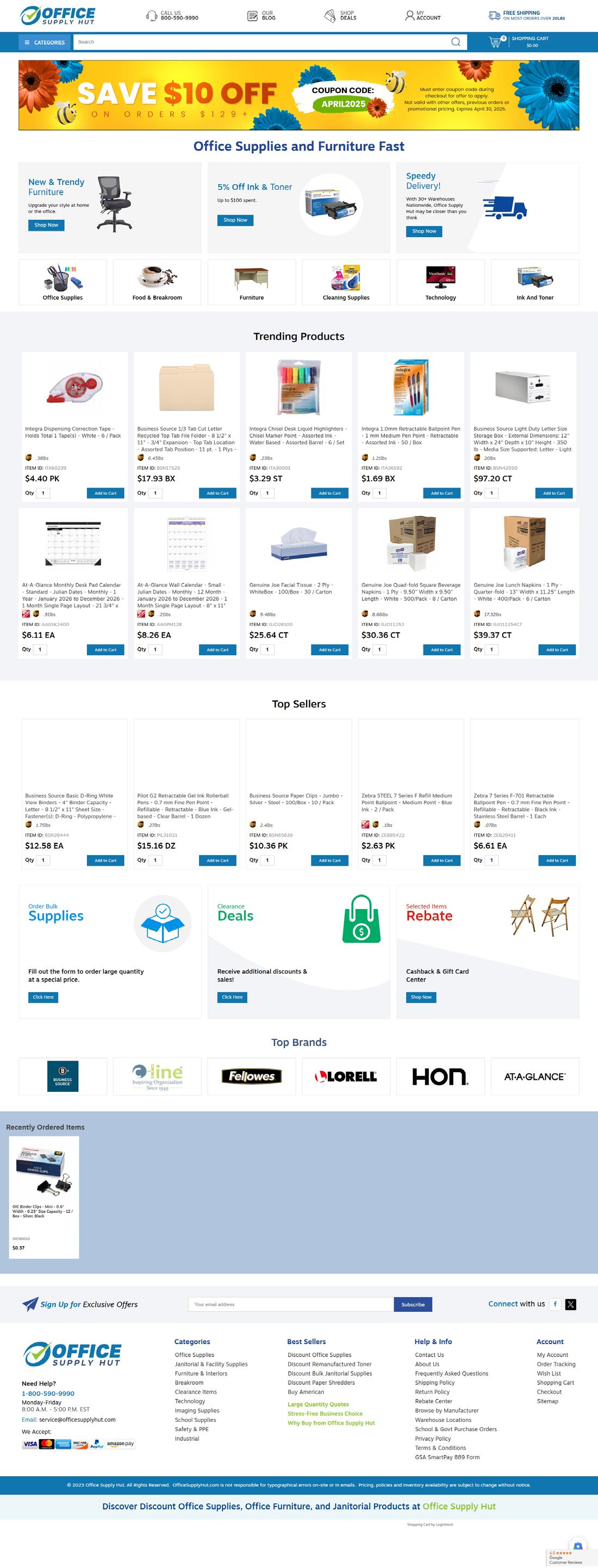
Winner’s Circle
Kennedy Office celebrates 65 years
When current and past employees throw a surprise party in honor of your company’s 65th anniversary, it says a lot about what they think about management. For Kennedy Office, Raleigh, North Carolina, this celebration took place on July 25—and its brother-sister co-owners could not have been more delighted.
“Our team completely surprised us with an incredible event today,” enthuses CEO Charlie Kennedy. “Past and present team members, along with several vendors, came together to celebrate. Those who couldn’t attend sent beautiful letters and poems, which members of our team read aloud. They even put together a slideshow featuring familiar faces we’ve worked with over the years and took the time to honor our dad in a very touching way. It felt a bit like an It’s a Wonderful Life moment: hearing the heartfelt stories shared and
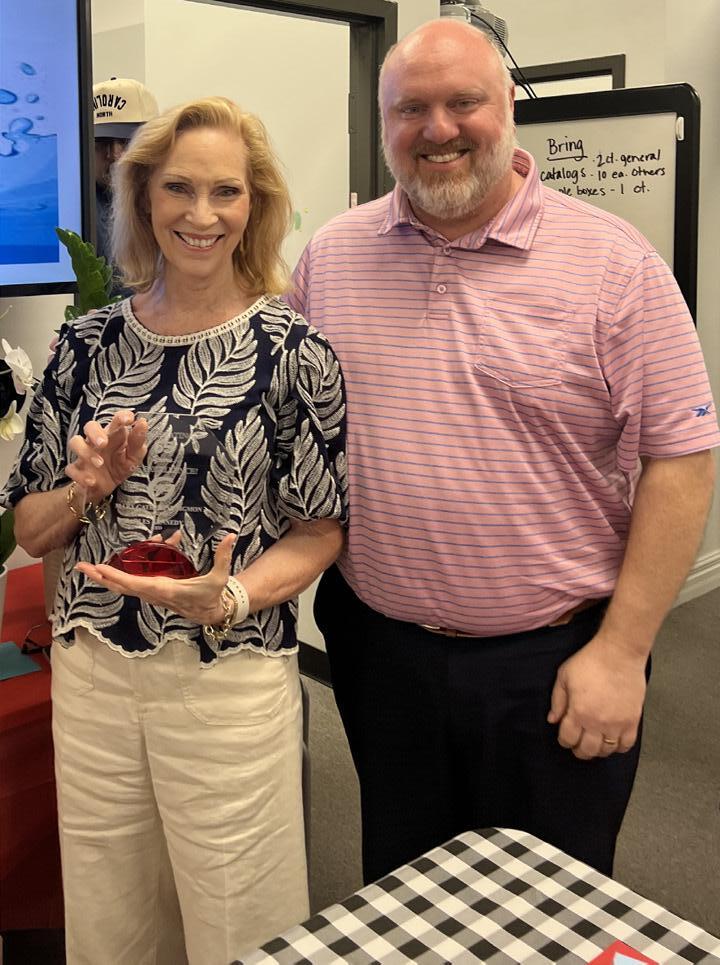

seeing how, as business owners, we’ve been able to make an impact.”
Kennedy Office was founded by Charlie Kennedy Sr. in 1960 from his basement. “Our father was an accountant who decided he wanted to be in business for himself,” explains president Mary Catherine Kennedy Sigmon. “He thought about the various types of companies and determined that everyone needs office supplies. He started with a phone and desk in our basement selling slide rules, adding machine rolls, calculators and other office products of the time.”
By the age of 13, Sigmon was already involved in the business, handling the company’s accounting duties.
Sigmon went to college, earning a pharmaceutical degree. But in 1982, realizing her father was struggling, she stepped in to help. “Mary Catherine
saved the company,” says Kennedy— who, after graduating from college in 1992, also joined the family business.
“A lot of brother-sister duos don’t work out well, but we figured out a way to make it work,” reveals Sigmon. “Of course, sometimes we are family and act like a stupid brother and sister; but on the whole, we lean on each other.
We trust, have mutual respect and are thankful for each other.”
And this formula is obviously working. Today, Kennedy Office enjoys annual sales of $18 million and has 60 employees, five locations and a diverse mix of furniture and office, breakroom, janitorial and print/promotional products.
Sibling compatibility is just one of the reasons why the dealer has thrived for over six decades. “We have a great leadership team and great employees,” says Sigmon.
SEPTEMBER 25, 2025 NAVY PIER, CHICAGO, IL FOR ALL TOUCHED BY CANCER
HONORING
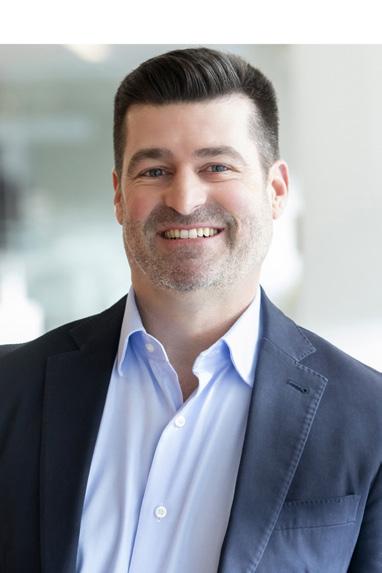
JOHN FELLOWES
President and CEO, Fellowes Brands
City of Hope® and the National Business Products Industry Group are proud to honor John Fellowes with the 2025 Spirit of Life® Award for his dedication to expanding access to breakthrough research, compassionate care and innovative treatments for cancer patients and their families.
Join City of Hope in honoring John Fellowes. Together, we will advance lifesaving cancer research, treatment and care.
To learn more and register, visit cityofhope.org/nbpi. For questions, contact NBPIevents@coh.org.
Another key to the company’s longevity is its willingness to take risks—although as Kennedy admits, not everything the company has tried has gone as planned: “One failed attempt that comes to mind was when we got into an electrostatic sprayer franchise. The purpose was to kill germs, and we were really excited about it. We were going to offer it as a service, thinking it would be great for schools, daycare centers and other places that require thorough disinfection. But we just couldn’t sell it. We got a few accounts, but mostly no one cared or believed in it. When you clean with a cloth, people can see it pick up the dirt; but with the sprayer, customers viewed it as, ‘So you are coming in here spraying an invisible mist and we are supposed to believe it’s disinfected?’”
Kennedy acknowledges that often, timing is everything, as 15 years later, when the COVID-19 pandemic hit, suppliers were scrambling to keep up with the demand for electrostatic sprayers.
Another product that failed to take off was a floor cleaner that promised to lift dirt from porous floors to assist with cleaning and reduce the need for regular stripping and waxing.
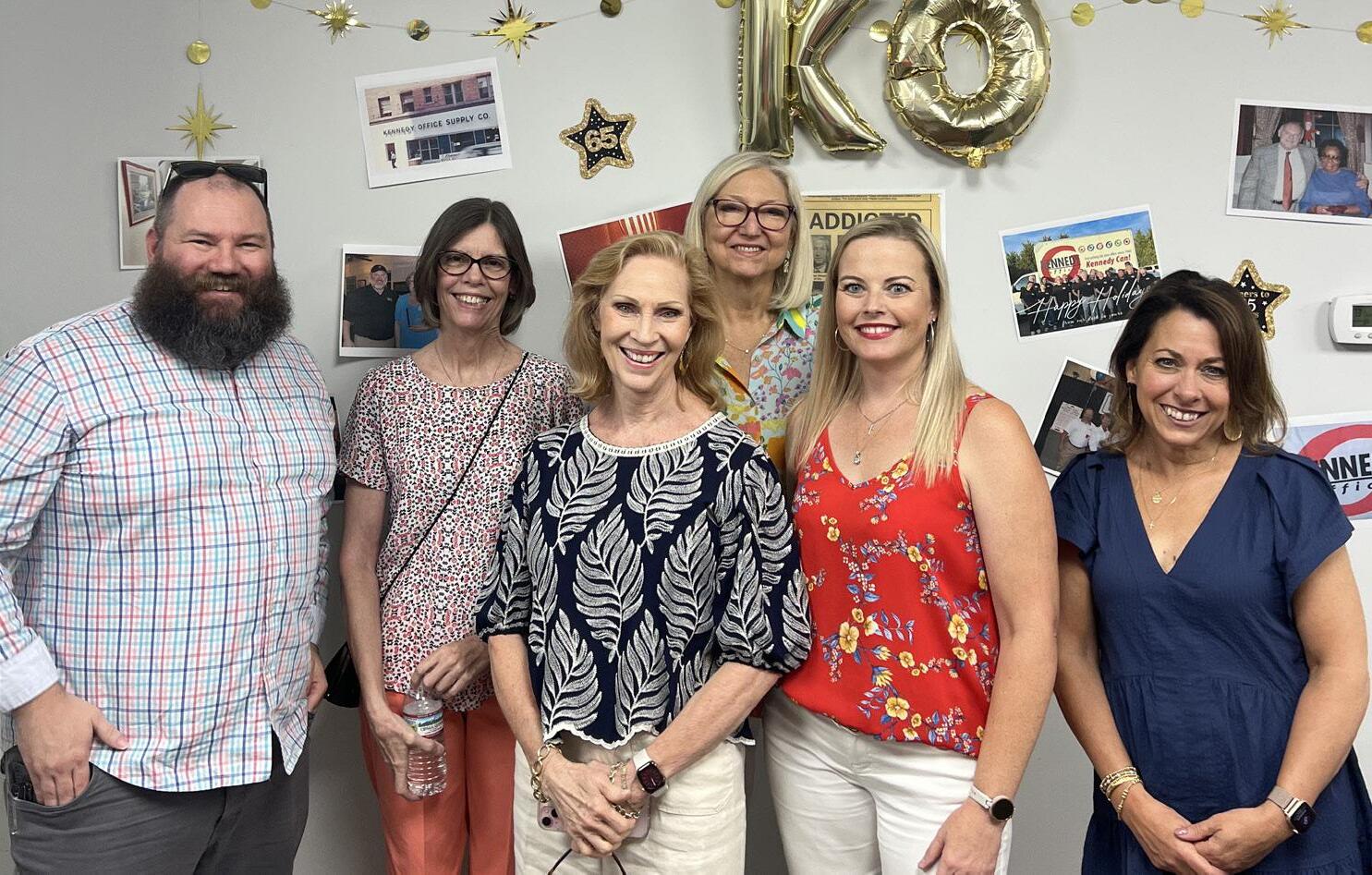
“You could see the dirt rise out of the surface so that it could be removed far more easily,” Kennedy recalls. “It was a good product, and we spent hours researching and promoting it. But we just couldn’t sell it—largely because the people doing the stripping and waxing didn’t want to change.”
Yet Kennedy Office’s thriving business confirms many of the risks taken over the years have paid off handsomely. “One example is SmartSoda: an on-demand soda machine that lets users mix their own sodas, flavored plain or carbonated waters, and sweet tea. They can even

add an energy boost. It’s been a huge success for us,” says Kennedy. The team are also optimistic about the adoption of a new B2B e-commerce platform. “We are excited that we will be switching to ECI’s EvolutionX software, which will improve our website and allow more content flexibility,” Kennedy explains. “In the past, we have been beholden—like other dealers—to wholesalers for content, which has limited what we offer. But, for example, we have a lot of dental practices as customers. The new platform will enable us to add content to our site, allowing them to purchase their dental supplies through us. The switch is a lot of work and costs more money, but we feel it will be worth it to be able to sell more to the industries that buy other things from us.”
Sigmon and Kennedy are confident about the future of the business, whatever it may hold. “We’re not 100% sure if there will be a third-generation business,” says Kennedy. “I have one child in college and the other just graduated, so we are not sure what they will decide. But Mary Catherine and I are nerds. Some dealers get out at our age and play golf or whatever. But we both still work and I don’t see that changing anytime soon.”
Herald buys print specialist
Dillon-based dealer Herald has acquired a fellow South Carolina independent business. The latest addition to the fold is print and mailroom solutions provider Major Business Machines (MBM).
MBM was founded in 1974 and operates across upstate and mid-state South Carolina and Augusta, Georgia. Vice president Don Major confirmed he and his team would be staying on following the deal with Herald, which closed on July 1.
“We feel that Herald is the right company to entrust with our legacy and look forward to watching them carry on the Major Business Machines
MBM customers. “Thank you again for all of your support; we love each of you and cannot express how much you mean to us!”
Herald said the acquisition has cemented its footprint as a statewide copier, mail and managed print provider.
“We are thrilled to welcome Major Business Machines to the Herald family,” read the Herald statement. “This exciting partnership unites two companies with rich legacies of customer-focused service and innovation. Herald is a fifth-generation family business that has served the Carolinas for over 130 years with a
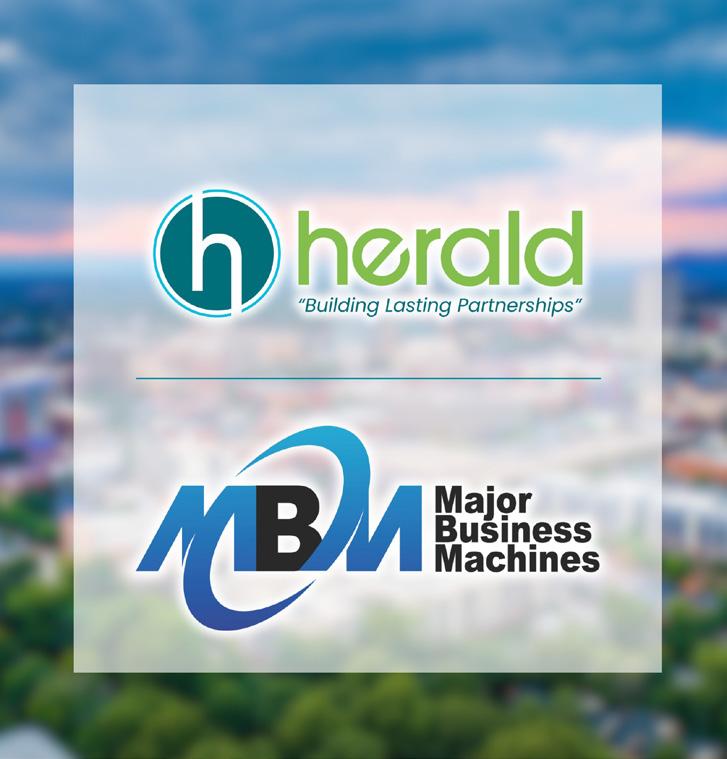
Major shares a similar commitment to excellence and service and continues to deepen our expertise in the

Melody Becker, GOPD Lead Trainer
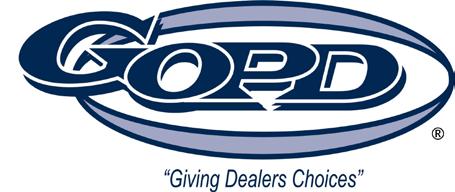
Spry expands into new vertical
Anderson, Indiana-based print and promo specialist dealer Spry Inc has moved into a new vertical with the acquisition of Graphic Resources Inc—a longstanding leader in the automotive industry, with over 50 years of combined experience supporting dealerships nationwide with printed and promotional materials.
While both companies will now operate under the Spry brand, all Graphic Resources staff will be retained and moved into Spry’s headquarters. Graphic Resources president Ken Haag and his wife and company CFO, Carolyn, will also remain with the company.
“The acquisition is a great fit for both of us,” enthused Haag. “Spry gains a large automotive presence immediately, which we will grow together; and Carolyn and I now have the flexibility to retire when the time is right.”
“Spry has a unique and powerful business model that
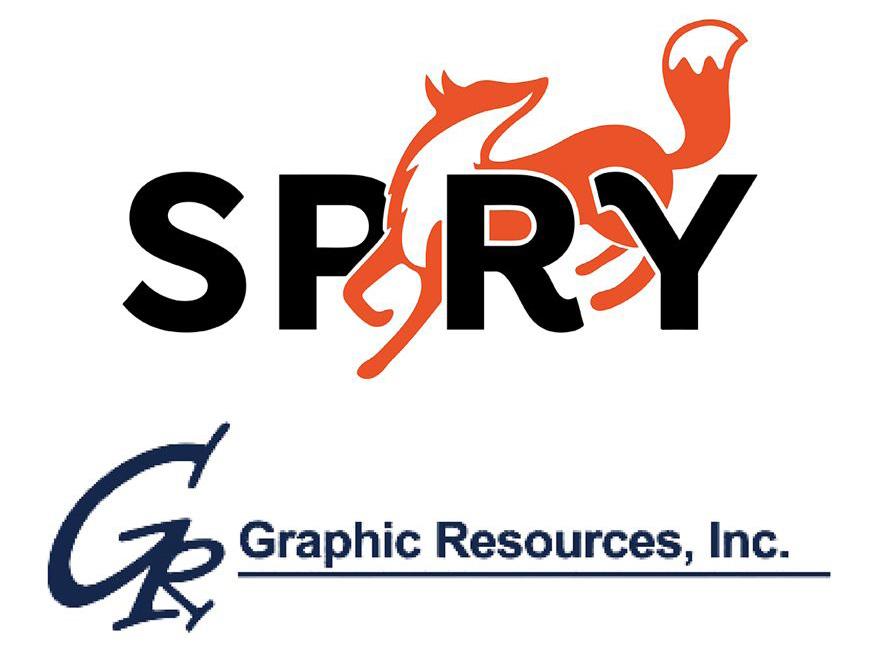
can help any industry,” said CEO Jeff Williams. “We are excited to take our skills to the automotive industry. Our software can help any dealer, but especially those who have multiple dealerships across a geographic area. Our
One Vendor, One Login, One Report system can help them with ease of ordering, keep brand integrity intact and give the data each month to prove we are accomplishing what we promised to the client.”

Eakes Office Solutions expands with new location in Wyoming Winner’s
Eakes Office Solutions has announced the opening of a new location at 113 W 17th St. in Cheyenne, Wyoming. The expansion marks a significant milestone for the company, which now operates 14 locations across Nebraska and Wyoming. The new Cheyenne outpost will offer local businesses a full range of workplace solutions, including office supplies, janitorial solutions, copiers and printers, office furniture and managed IT services.
Founded in 1945, Eakes has built a reputation for delivering reliable, customized solutions and fostering lasting relationships. For over 80 years, the company has supported organizations across the Midwest.
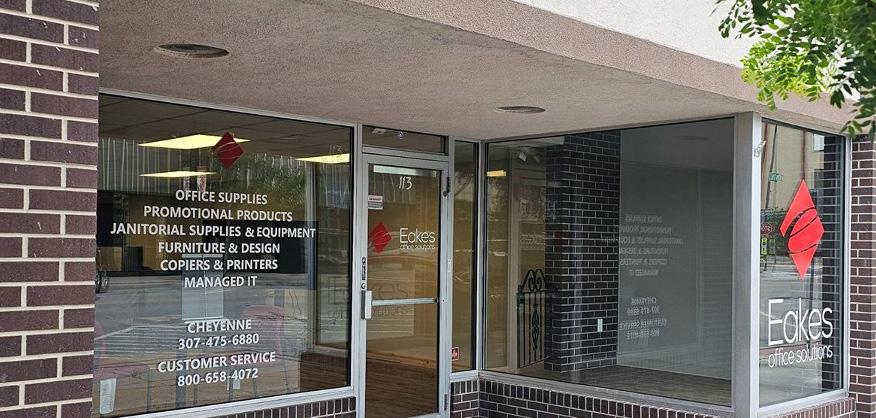
As part of the Cheyenne expansion, Eakes has taken on a managed print specialist—who will focus on helping organizations manage and optimize their print environments—and is looking to add an office and jan/san specialist and

furniture specialist in due course.
“We are excited to become part of the Cheyenne business community and look forward to building strong relationships with organizations in the area,” said president and CEO Mark Miller.





































Winner’s Circle
Suburban supports youth cadet program
Suburban, Inc., based in Middleton, Connecticut, supported the Middletown Police Department’s Cadet Program with a financial donation and custom apparel for participants. The 2025 program attracted 20 youths.
The Cadet Program is designed for young people aged 14 through 21 who are interested in law enforcement or criminal justice. Participants get real-world exposure to various aspects of policing and assist with community events throughout Middletown and the surrounding areas. The annual program runs throughout the year, providing local youth with the opportunity to engage with the Middletown police department and participate in public service activities and events.
“We’re proud to be part of this community and to work closely with the City of Middletown and local departments,” said marketing director Donata Barber. “Supporting the Cadet Program is a great way for us to stay involved and give back, especially when it helps guide today’s youth toward positive paths and future careers.

Perry’s marketing manager recognized by president of Texas A&M
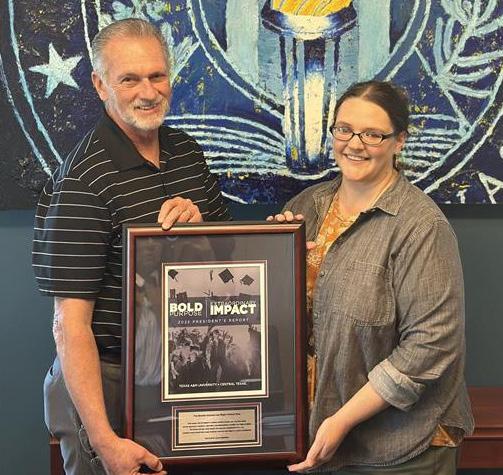
Bonnie Johnson, marketing manager for Perry Facility & Office Supply, Temple, Texas, was recognized by Dr. Richard Rhodes, president of Texas A&M University-Central Texas, for her graphic design work on the university’s first annual President’s Report.
“It was an absolute pleasure to work on this project with the A&M-Central Texas team and receiving such a heartfelt token of their appreciation was really special,” said Johnson. “I
think it further demonstrates A&M’s commitment to being a strong community partner.”
Perry president H.B. Macy was also pleased: “Bonnie is one of our many rockstars at Perry, so it isn’t a big surprise to get positive feedback. However, having a customer like A&M-Central Texas take the extra time and effort to call attention to our team’s hard work in such a great way was pretty amazing.”
AZOR named as one of Nashville’s largest private companies
A-Z Office Resource, Nashville, Tennessee, has made the Nashville Business Journal’s Largest Private Companies List for 2024.
The list is based on revenues reported by individual businesses via questionnaires or collected through the journal’s research.
“We are honored to be recognized
among Nashville’s top private companies and so grateful for the support from our team, customers and vendors,” said director of marketing and customer experience Robert Ty Phillips. “We’re proud of the relationships we’ve built and look forward to continuing to grow together!”
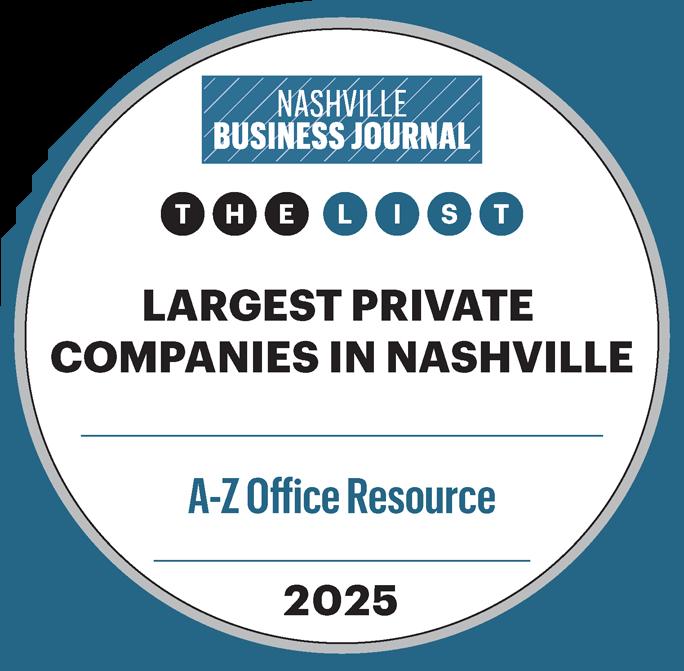

Secrets of Success
Wist Business Supplies, Tempe, Arizona
In 1955, Martin Wist opened an office products dealer in Tempe, Arizona. Today, that company is led by his grandson, Ian Wist, whose son Trevor joined the company a few years ago.
Making it through 70 years as a third and fourth-generation office product dealer is no small feat. According to Ian, the company’s success can be attributed to one major component. “Our people. We have been really fortunate over the many decades to have great employees. We have good categories that we sell, but without our team of hardworking people, we could not be successful. We also have a good culture. You can accomplish whatever has to be done with the right people and the right culture.”
Ian says consistency is another vital aspect. “Value and service are not something we turn on and off. We strive to differentiate ourselves by being the best and we apply the same level of effort every day—week after week, month after month, year after year. Our folks are dedicated hard workers and our service is consistent. It’s not the most exciting reason for our success, but it puts us in a position to improve every day.
Being in Arizona has also been a plus. “It’s a good market,” he continues. “Tempe is a suburb of Phoenix, which is growing, as is all of Arizona.”
Yet the state also introduces some unique challenges. “The heat is extreme,” Ian says. “It’s hot in a lot of places, but not like it is here. We need to take extra care of our drivers during the excessively hot months, ensuring they take breaks and have the right safety and hydration equipment. Also, our drivers cover a lot of distance on their routes, as things are pretty spread out here. There can be a lot of open space to cover between customers.”
The biggest headache for Wist, however, is one that is only too familiar to many office product sellers. “Amazon is our greatest challenge,” confirms Ian. “The company commands a lot of customer wallet share in all categories. People are conditioned to think it is the fastest and that it
Company info
Headquarters: Tempe, Arizona
Top management: Ian Wist, president; Peter Drozdowicz, CFO
Annual sales: $30 million
Main wholesaler: S.P. Richards
Main categories sold: office products, furniture, janitorial, breakroom

offers the lowest prices, even though that is not always the case. They buy from there in their personal life, which then influences their work habits at home and in the office. Many people like to order online and from a single source.”
However, not everyone stays loyal to the online behemoth. “Some people find they are not satisfied with Amazon and realize we provide a better solution,” explains Ian. “Amazon is a website that offers no experience other than a click online. Try getting in touch with a person there! Also, some of the products end up being counterfeit. We provide value and a closer customer experience. But it’s up to us to educate our customers on this.”
Like many dealers, Ian sees no end to office products’ downward sales spiral and views diversification as the answer: “When I came on board 38 years ago, our mix was 50 percent office products and 50 percent furniture. During the recession in the 1980s, furniture sales declined sharply and, of course, Phoenix was not the size it is today. Now it’s big enough to find new opportunities, but at the time, it wasn’t. We had to shift our focus to office products. Since we knew education would continue, we concentrated on school supplies and other consumables. It taught us and now we have a more balanced approach. Today, office products are down and, as much as I love them, I don’t see them coming back up. So we are spending a lot of time and energy focused on other categories. I encourage dealers that haven’t embraced other categories or are just paying them lip service without taking actionable steps to do so before it’s too late.”
Register Now!
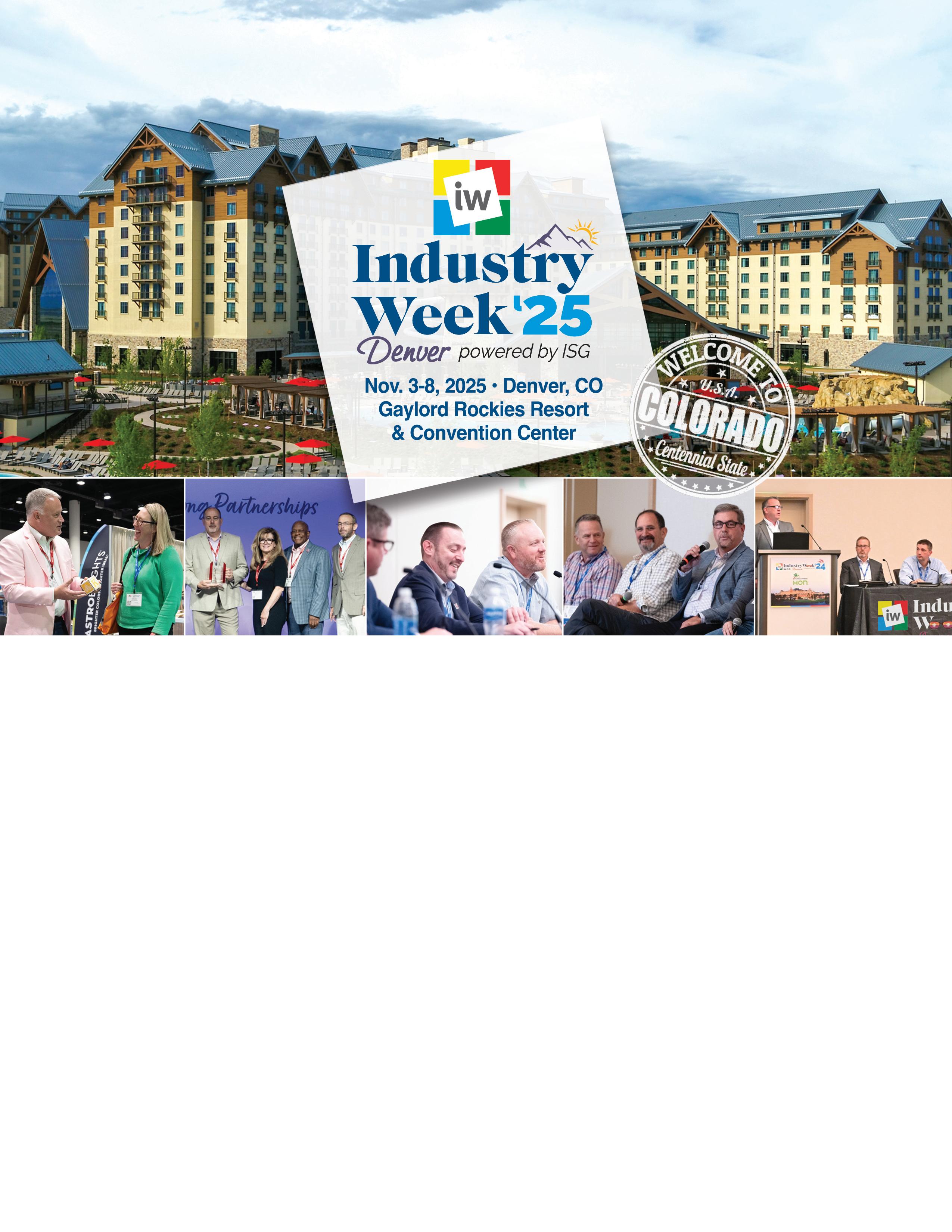
It's an excellent opportunity to learn new ideas, meet key vendors and other dealers, and determine strategic solutions for our businesses.
– Laurie D. Jones, Office Plus of Kansas
Industry Week is our opportunity to step out of the daily grind, look at the big picture, learn from our vendors and each other.
– Bill Zimmerman, Office Outfitters
It was my first time, and I would most certainly recommend the show to any member. Highlights are the many things I learn from the seminars and other members.
– Tara Thorne Buebendorf, Plankenhorn Stationery
After attending our first Industry Week, the event reignited our enthusiasm for working with entrepreneurial independent distributors.
– Josh Shea, Inteplast
Industry Week is the premier event for connecting with the independent dealer community and industry peers alike!
– Jennifer Krach, C-Line
Industry Week is an excellent opportunity for ISG Brand Partners to engage with ISG members…gaining valuable insight on the group, the industry, and how to best support it.
– Josh Silverman, Global Furniture Group



Industry News
WSA announces annual scholarship winners
The Workplace Solutions Association (WSA) has unveiled the recipients of its 2025/26 scholarship program, awarding a total of $52,000.
Established more than 50 years ago by the WSA (formerly known as IOPFDA) and supported entirely through individual and member contributions, the annual scholarship program started with a $5,000 donation and has now awarded more than $2.8 million in scholarships to deserving families of office products and office furniture dealers.
Scholarship applications are ranked by independent awards management firm Kaleidoscope, with the final recipients confirmed by a panel of WSA board members.
Applicants are scored for their academic success along with their outside interests, extracurricular activities, community services and financial needs. Any person who is an employee or related to an employee of a WSA member firm is eligible to apply.
WSA membership status will be verified and candidates must have graduated from high school or
its equivalent before July 1 of the year in which they would use the scholarship. Candidates must have an academic record sufficient to be accepted by an accredited college, junior college or technical institute.
The following students will receive the following scholarship awards:
• Sam Vockrodt, Office Peeps, Inc ($7,000)
• Kylei Cartee, Greenville Office Supply ($6,000)
• Trevor Chaulsett, One Office Solution ($5,000)
• Hunter Beard, Essendant ($4,000)
• Lander Ansley King, Kennedy Office ($3,000)
Additionally, the committee announced the recipient of the George A. Thompson Award, accompanied by a $3,000 scholarship, is Whittney Bishop of Wilton’s Office Works. This award recognizes an exceptional applicant who not only excels academically but also dedicates their time and effort to community service and assisting those in need.
The winners of the $2,000 scholarship awards were:
• Liam Baxter, EON Workplace
• Sean Baxter, EON Workplace
• Avery Dicken, Smead Manufacturing
• Maria Eusebio, Office Express
• Quenton Gustafson, Eakes Office Solutions
• Raegan Hebert, Office Partners
• Skylar Kennedy, S.P. Richards
• Zach Levy, Office Express
• Karlie Shealy, Porter’s Office Products
• Julie Stone, iOffice
• Andrew Williams, Loy’s Office Supplies
• Matthew Young, Kennedy Office
“We are honored to recognize this year’s outstanding scholarship recipients,” said WSA president Elena Wuchner. “Their academic achievements, leadership and commitment to their communities reflect the very best of our industry’s future. We are proud to support their continued educational journeys and look forward to seeing the positive impact they will make as tomorrow’s professionals.”
AOPD names permanent executive director
The board of directors of American Office Products Distributors (AOPD) has appointed Angela Sumner Price as its new permanent executive director.
Sumner Price joined the dealer network in 2002 as a sales and marketing administrator and steadily advanced through a variety of roles. She served as general manager/ director of national operations and marketing before taking on the interim
executive director role toward the end of 2024 following Mark Leazer’s retirement. She will lead all aspects of AOPD’s operations, including dealer and business partner engagement, marketing strategy and contract management.
AOPD president Dutch Jones said: “Angela has been an incredible part of our team for years, bringing energy, insight and a deep commitment to helping AOPD grow.”
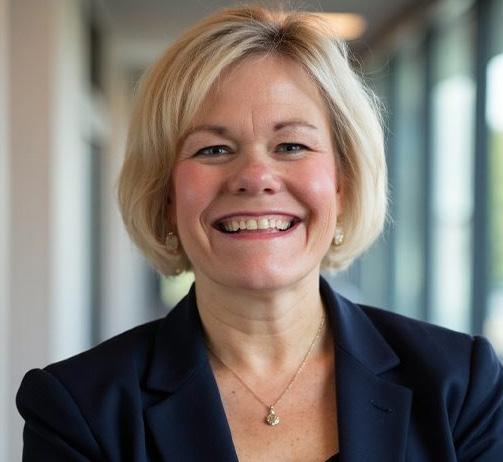
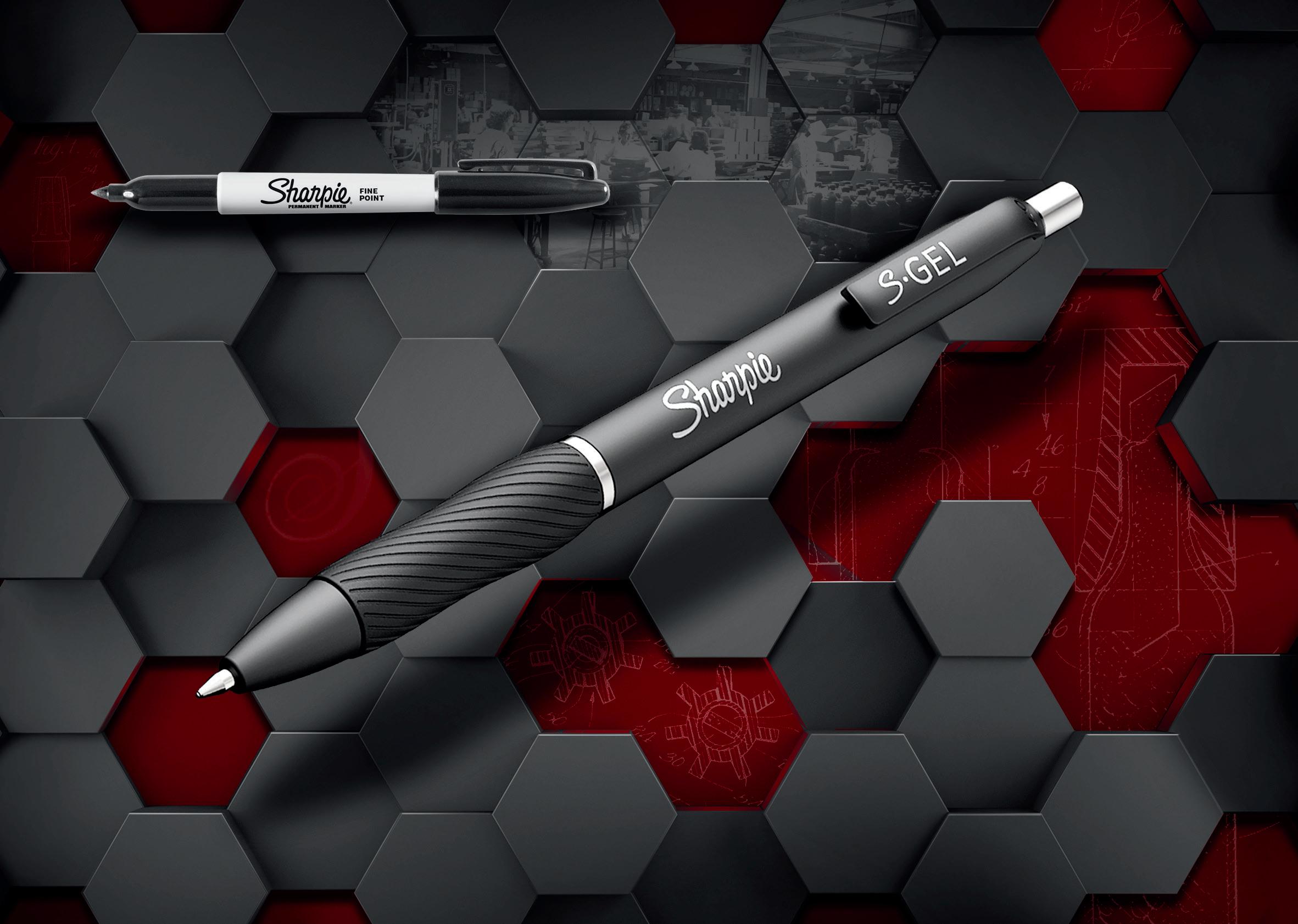
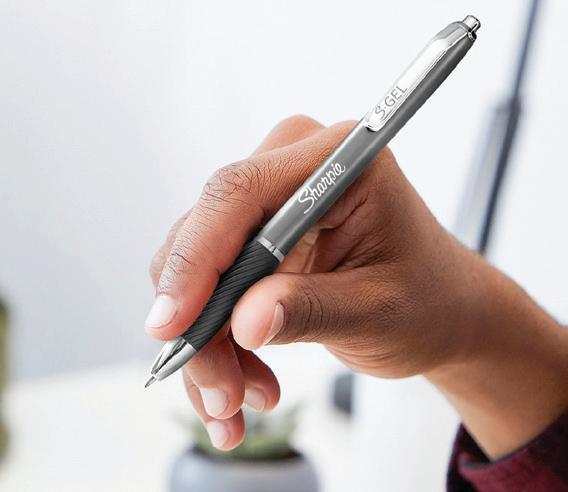

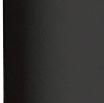




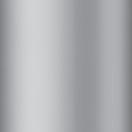

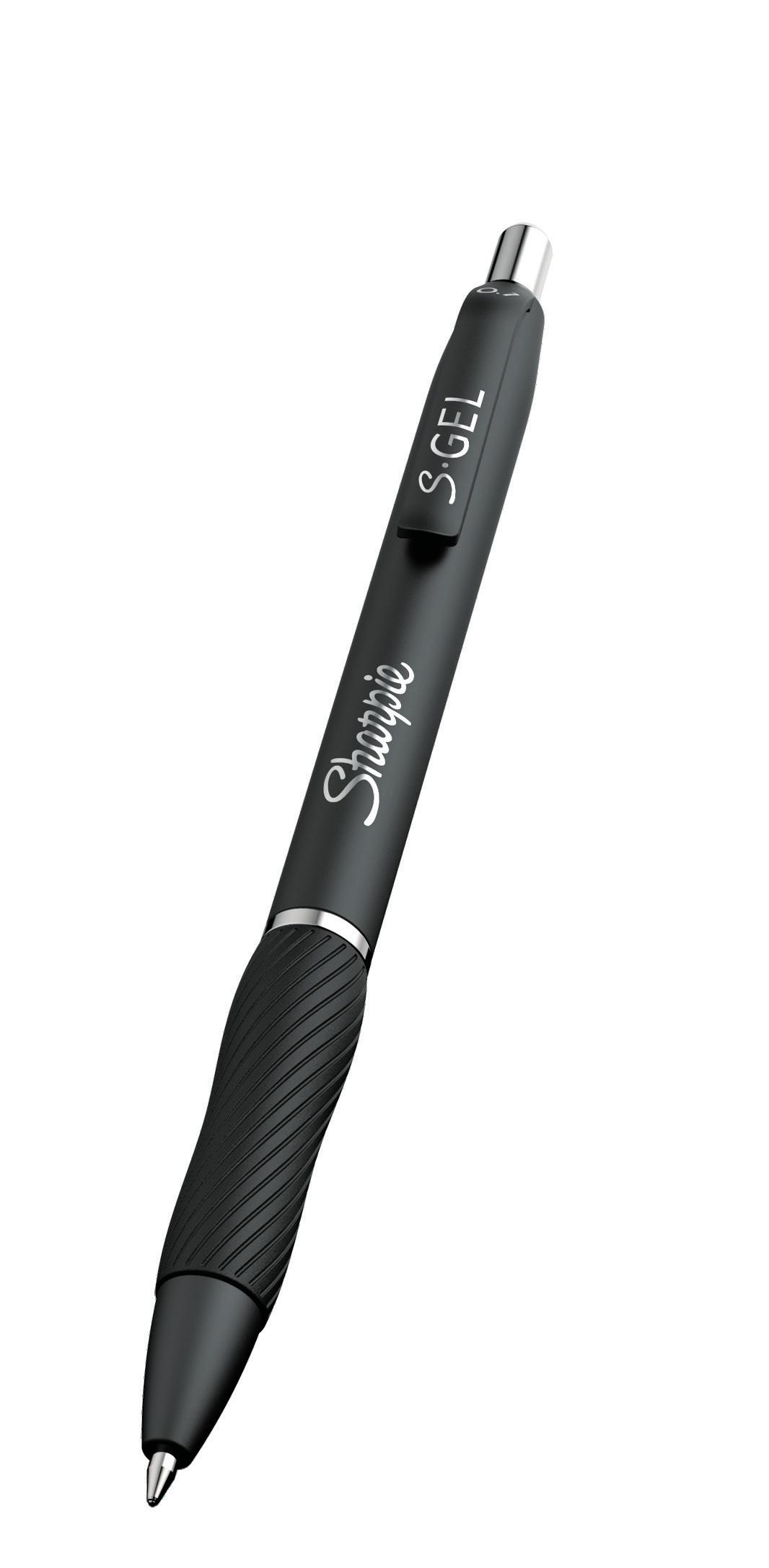



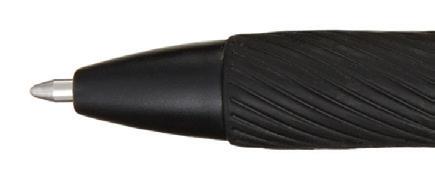
Black, Blue, Red, Purple or Green Ink
Black, Pearl White, Frost Blue
Forest Green Plastic Barrel
Black, Gunmetal
Champagne Metal Barrel
ISG appoints category development manager
Independent Suppliers Group (ISG) has named Zuzanna Kramarz as its new category development manager, a role focused on expanding key product categories.
Kramarz brings 27 years of industry experience, most recently as product manager at Essendant, where she led successful category strategies to boost growth and profitability. She also held senior roles at Jon-Don, overseeing procurement and product management.

CEO change at Georgia-Pacific
Georgia-Pacific (GP) CEO
Christian Fischer has announced he is retiring in October after more than 35 years with the company.
Fischer joined GP in 1989 and held numerous leadership roles before being named CEO in 2017. He will work to transition his responsibilities in August.
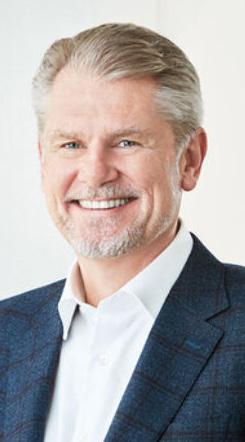

Succeeding him—temporarily—will be Mark Luetters, currently executive vice president at the manufacturer’s parent group, Koch. He already oversees several Koch companies, including GP, and will continue in this role while serving as GP’s CEO. However, a long-term appointment is expected to be made during 2026.
FEELING LIKE AI HAS LEFT YOUR BUSINESS BEHIND?


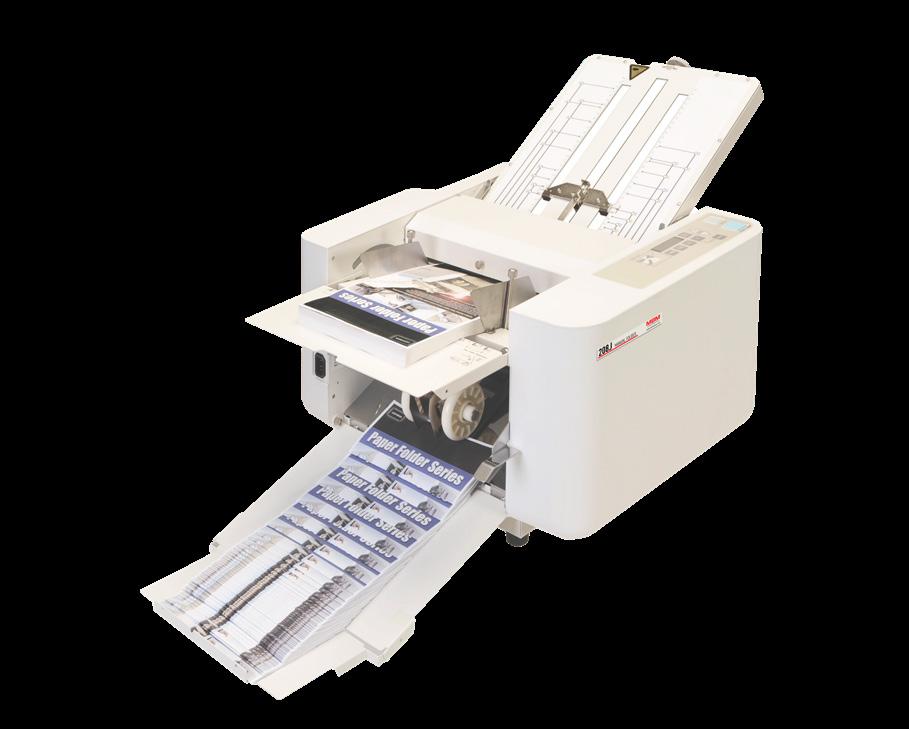
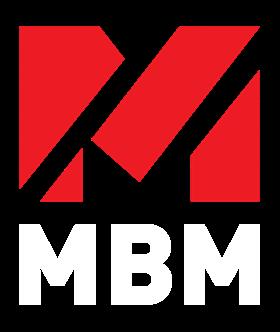


NAOPA 2025 shortlist revealed
INDEPENDENT DEALER’s sister publication OPI has announced the shortlist for the 2025 North American Office Products Awards.
The awards will take place during ISG’s Industry Week ’25, which is being held in Denver, Colorado from November 3–8.
Shortlists have been finalized for the five product categories, along with the Young Executive of the Year award. They are:
Best Product—Core Business Product
• Bi-silque MasterVision: The Loop Rolled Dry Erase Board
• Durable: Duraframe Infoframe Sign Holders
• Kensington: Elevated Stand for Surface
• Newell Brands: Elmer’s BlooStick Buddies
• Acco Brands: Quartet Flip-Top Glass Dry-Erase Desktop Computer Pad
• Victor Technology: Classroom Cell Phone Locker
Best Product—Facilities
• Alliant Coffee Solutions: Donut Shop Blend Original Compostable BPI Certified Coffee K-Cups
• Egal Pads: Plant-Based Pads on a Roll
• Energizer: Energizer 3-in-1 Child Shield
• Forever Farms by Baumgartens: Secure Foods
• Omni International Corp: OmniTrust Powder Free Nitrile Examination Glove
• Reckitt Pro Solutions: Lysol Air Sanitizer
Best Product—Furniture & Design
• ACCO Brands: Quartet
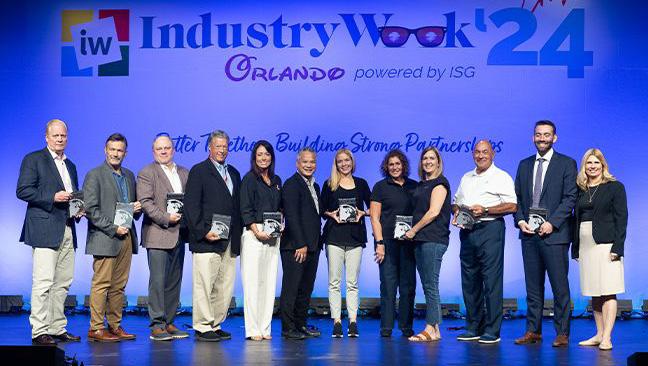
InvisaMount Anti-Glare Magnetic Glass Dry Erase Board
• AMAX Inc dba GoodsiQ: PureOptics LED Matter Certified Smart Under Cabinet Lighting 6-Bar Kit
• Ghent: Groove Sliding Glassboard
• Ghent: Haven Outdoor Glassboard
• Special-T: ZIA Collection
• The HON Company: Ignition 2.0 with Spectrum Mesh
Best Product—Technology
• ACCO Brands: Leitz IQ OptiMax Shredder
• Dri Mark Products: Flash Test
• Eaton: Eaton Tripp Lite Series Standby Cloud-Connected UPS
• Fellowes Brands: Fellowes Array Relay
• Kensington: SD5000T5 EQ
Thunderbolt 5 Triple 4K Docking Station with 140W PD
• Kensington: H3000 Bluetooth Over-Ear Headset
Innovation of the Year
• ACCO Brands: Quartet
InvisaMount Anti-Glare Magnetic Glass Dry Erase Board
• AMAX Inc dba GoodsiQ: Push
Wire Matter Certified Smart Under Cabinet Lighting Kit
• Bi-silque MasterVision: The Loop Rolled Dry Erase Board
• Energizer: Energizer 3-in-1 Child Shield
• Fellowes Brands: Fellowes Array Relay
• Kensington: SD5000T5 EQ
Thunderbolt 5 Triple 4K Docking Station with 140W PD
Young Executive of the Year
• Matt Jordan: Herald Office Solutions
• Rebekah Tiberend: Porters OP
• Tyler Dees: Prima Edge
• Mark Whitfield: Product Movement
• Nicole Jones: Scott Rice Office Interiors
• Levi Burden: United Business Supply
Two additional individual awards— Professional of the Year and Industry Achievement—will be revealed during Industry Week. Details will also be released soon for the ever-popular People’s Choice award, where OPI readers can vote for their favorite shortlisted product.
Writes Smooth & Erases Clean
Introducing, FriXion Waai (pronounced “why”) by Pilot, the newest gel pen in America’s favorite brand of erasable pens.* FriXion Waai combines erasing that works with a subtle, aesthetic design, soft, sophisticated ink colors and an Extra Fine 0.5mm point. Create a positive and calming writing space that matches your style, and simply write, erase and repeat with FriXion Waai—the stress-free solution for everyday writing.


Essendant adds last-mile partner
Essendant continues to add capability to its third-party logistics services.
The wholesaler has announced a tie-up with UPS-owned Roadie, a peer-to-peer delivery platform that offers “fast, flexible and asset-light logistics solutions for last-mile delivery.”
Through its RoadieXD solution, Roadie’s platform connects businesses with a community of local drivers who can deliver products directly from distribution hubs to customer locations. Essendant said this new relationship will help it meet the growing demand for rapid, on-demand shipping services, particularly for last-mile deliveries in urban and hard-to-reach areas.

“Partnering with Roadie is an exciting step in our mission to drive agility and flexibility in delivering top-tier service to our customers,” said Tim Engstrom, senior vice president of supply chain at Essendant. “Through this collaboration, we’re enhancing our network to support Roadie’s use of our sorting and distribution infrastructure, enabling them to offer greater coverage and faster deliveries across the country.”
TD SYNNEX acquires Apptium
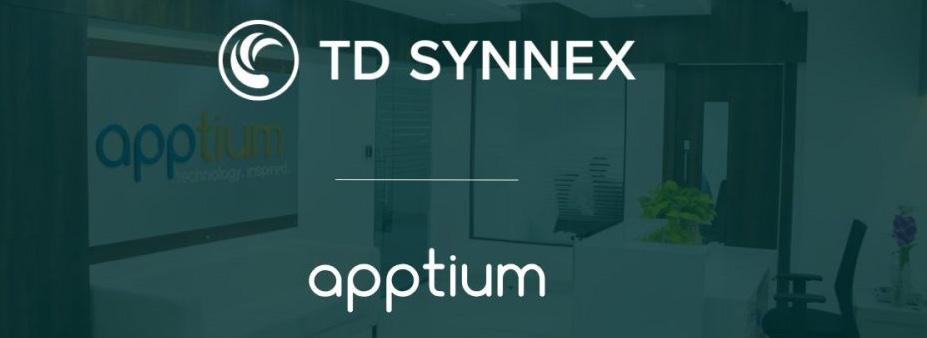
TD SYNNEX has acquired cloud commerce provider Apptium, a software development company based in Reston, Virginia, which offers a platform for managing services and subscriptions across multiple cloud providers.
The transaction aims to support TD SYNNEX’s development of its StreamOne platform and strengthen its offerings in cloud, agentic AI, SaaS, IaaS and everything-as-a-service. Prior to the acquisition, Apptium acted as a key partner and enabler to the StreamOne platform and will now operate as a wholly owned subsidiary. It will retain its existing leadership and continue serving current customers under the Apptium brand.
Founded in 2014, Apptium brings together a team of IT professionals and centers of excellence across three continents, serving brands from more than 20 countries across the Enterprise, B2B and B2C markets.
Rick Kapani, Apptium’s founder and CEO, will remain with the business as general manager and senior vice president, reporting to TD SYNNEX chief strategy and technology officer Sergio Farache
Highlands partners with Floortex
Sales and marketing agency Highlands has announced a new partnership with chair mats and surface protection manufacturer Floortex.
The collaboration is aimed at boosting the vendor’s presence across the US, focusing on wholesale, national distribution and e-commerce channels.
With manufacturing in the UK and a logistics network in the US, Floortex products are sold in approximately 40 countries.
“This partnership marks a major milestone in our growth strategy. Highlands’ reputation, strong relationships and proven track record in delivering results align perfectly with our commitment to expanding market presence and providing exceptional value to our customers. We’re confident this collaboration will drive significant momentum across key territories,” said Christina Williams, head of sales at Floortex.
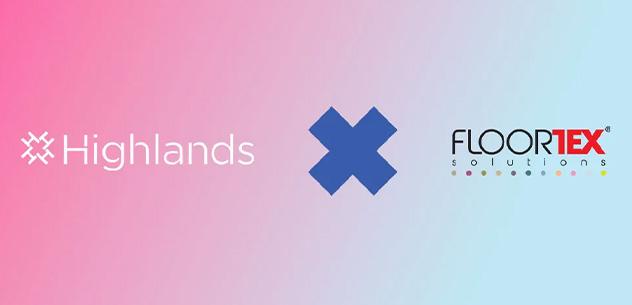
ACCO restructures senior team
ACCO Brands has announced some important changes to its core leadership team.
Long-serving executive vice president of ACCO Brands and president of the company’s Americas segment Pat Buchenroth has retired, effective July 1.
Jed Peters has been named senior vice president of ACCO Brands and president, North America, leading the organization’s commercial businesses in the US and Canada. Peters has been with ACCO since 1998 and was most recently General Manager, US School & Office Products and PowerA.
Rubens Passos will also assume the role of senior vice president, leading ACCO’s units in Brazil, Mexico and Chile, as well as export markets in Latin America. Passos has 40 years of international business experience, joining ACCO in 2012 following the
acquisition of the Mead Consumer and Office Products, where he held key positions, including CFO and president of the business in Brazil. He is currently serving as senior vice president Latin America and interim general manager for ACCO in Canada. The company has underlined the developments are planned transitions which are “important for continuity within leadership and as the company modernizes our approach to an evolving marketplace,” and have been in the pipeline for quite some time.
CEO Tom Tedford commented: “We are focused on delivering sustained, profitable sales growth, and our leadership team is committed to providing value to our customers and consumers. As we continue to optimize our cost structure and deliver best-in-class service, we are well positioned for the future.”
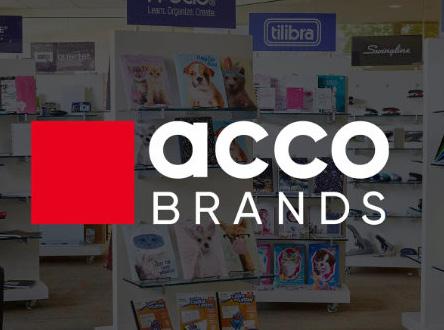
Meanwhile, ACCO Brands has unveiled a new logo. The design is intended to reflect the company’s rich, multinational heritage. “By squaring off the red, we’ve created a mark that stands for quality,” read a company social media post. “For more than a century, our family of brands has supported professionals, students, writers, artists, creators and gamers in reaching their full potential. We’re proud of our pioneering past and focused on a purposeful future.”
Newell Brands opens new global headquarters in Sandy Springs
Newell Brands Inc recently hosted a ribbon-cutting ceremony at its new global headquarters in Sandy Springs, Georgia.
With over 180,000 square feet of office space, the new global headquarters aims to create a dynamic and inclusive environment designed to support high-performance, inclusion and employee growth. Newell Brands employs over 900 people within the greater Atlanta area.

“We are proud to reaffirm our commitment to the City of Sandy Springs and the Greater Perimeter area, and to bring our teams together in a space that reflects who we are as a company and how we can make an impact with our consumers,” said Chris Peterson, president and CEO of Newell Brands. “This headquarters supports our strategy to build a high-performance culture while staying close to the community that has supported us for many years and has been a valuable talent pool fueled by numerous universities and a growing job market.”
The City of Sandy Springs supported the headquarters relocation through its Economic Incentive Program, which promotes the retention and expansion of local businesses. In March 2024, the City approved the waiver of select building and occupational taxes to facilitate the move. As part of Newell Brands’ commitment to the local community, it will join the Greater Perimeter Chamber as a member, supporting strategic initiatives and collaborating on the Chamber’s mission to foster regional economic prosperity.
Ricoh and Brother announce strategic alliance
Print OEMs Ricoh and Brother are to collaborate in the A4 space in the US.
Ricoh USA and Brother International Corporation have entered into a strategic alliance that will see Brother’s Workhorse Series printers added to Ricoh’s A4 office print portfolio in the US.
Announced on June 11, the partnership is aimed at addressing the needs of hybrid and space-constrained work environments by offering customers a broader choice of compact A4 print solutions. Ricoh will now incorporate Brother’s business-class A4 devices— including the MFC-L6915DW and HL-L6415DW— alongside its own models.
The companies stated that the expanded portfolio will offer increased integration capabilities for mobile and cloud workflows, with a particular focus on customers in the healthcare, legal, finance and retail sectors.
Ricoh’s Scott Dabice described Brother as “the perfect

ally” to deliver more cost-effective and secure print options; while Brother’s Fernando Maroniene highlighted the partnership as a way to create “new opportunities to better serve business customers with greater choice, performance and flexibility.”

























BRIGHT IDEAS DESERVE A PAPER THAT CARES























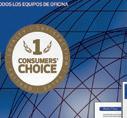
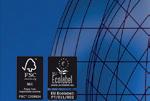









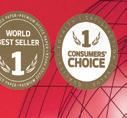
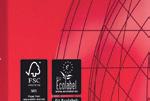

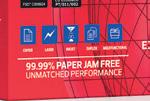


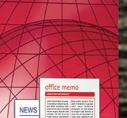





































Need a versatile paper? Want your documents to stand out with vivid quality? Looking for a sustainable yet high-performing solution? Whatever your printing goals, there’s always a Navigator for you.
Navigator Premium Multipurpose
Trusted performance that always delivers!
• 99.99% paper jam-free
• Improved surface for optimal color contrast
• Multifunctional for every use
• 97 Bright
Ideal for: Letters, Invoices, Receipts, Memos, Statements, Agreements and other daily printed materials
20lb | 24lb
Navigator Platinum Digital
• Excellent print contrast


It’s time to print in high definition!
• Microporous surface for fast ink drying
• Extra thick and opaque for duplex printing
• 99 Bright
• Now with UHD Formula
Ideal for: Presentations, Color Graphics, Sales & Marketing Collateral, Reports and other color-intensive printed materials
20lb | 24lb | 28lb | 32lb
Ask us about product availability and our extensive support sizes range: ricardo.ferreira@thenavigatorcompany.com
Xerox closes Lexmark acquisition
Xerox has announced the successful completion of its $1.5 billion acquisition of fellow print OEM Lexmark.
Confirmation the deal had closed came a few days after the transaction had been overwhelmingly approved by shareholders of Lexmark’s former owner, Ninestar. The combined organization will serve more than 200,000 clients in over 170 countries and operate 125 manufacturing and distribution facilities in 16 countries.
Xerox will continue to be led by current CEO Steve Bandrowczak, while Allen Waugerman is stepping down as Lexmark CEO. Two Lexmark execs have joined the Xerox executive committee, as per a press release published in May.
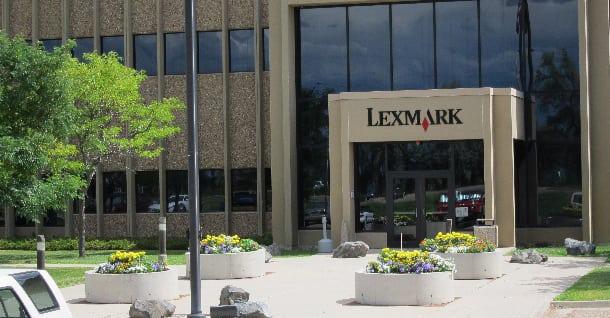
Bandrowczak said the acquisition represented a “historic moment” for both companies, adding: “Over the past few years, we’ve built a strong partnership— now, we’re bringing that collaboration to a new level. By combining our strengths, we’re expanding market share, sharpening our competitive edge and accelerating the momentum behind our reinvention [plan].”

BradyPLUS adds Biloxi Paper
Jan/san distributor BradyPLUS has acquired Biloxi Paper Company, a distributor of jan/san supplies and foodservice disposables which serves a broad base of customers in the education, hospitality, gaming, industrial, municipalities, facilities maintenance and property management segments.
As a third-generation, family-owned and operated business, Biloxi Paper Company has deep roots in the Biloxi community. The company brings decades of
expertise and a strong commitment to exceptional customer service.
“The acquisition of Biloxi Paper enables us to extend our geographic footprint in a strategically important region,” said Kenneth D. Sweder, CEO and chairman of BradyPLUS. “With this new partnership, we grow our presence in Mississippi’s Gulf Coast and enhance the level of support we provide to customers in the region. I am excited to work with Anthony Desporte, Chad Pickich and the entire team.”









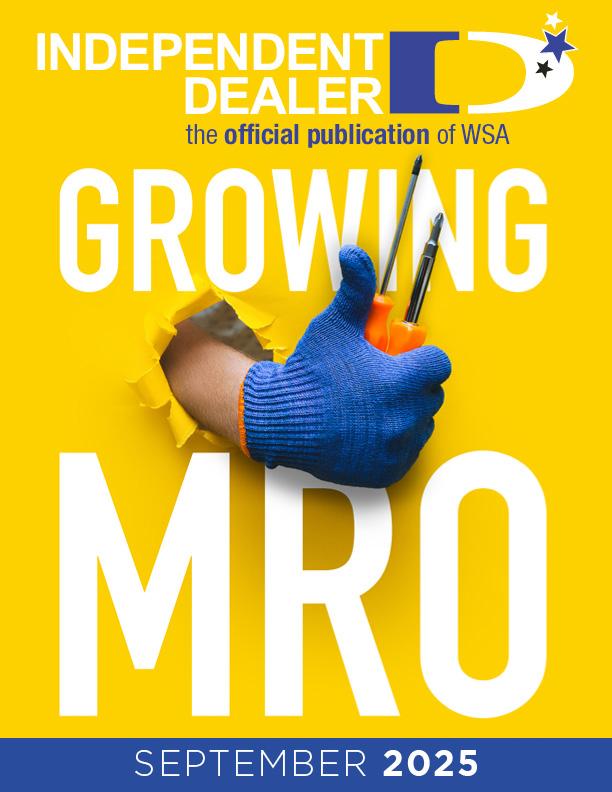
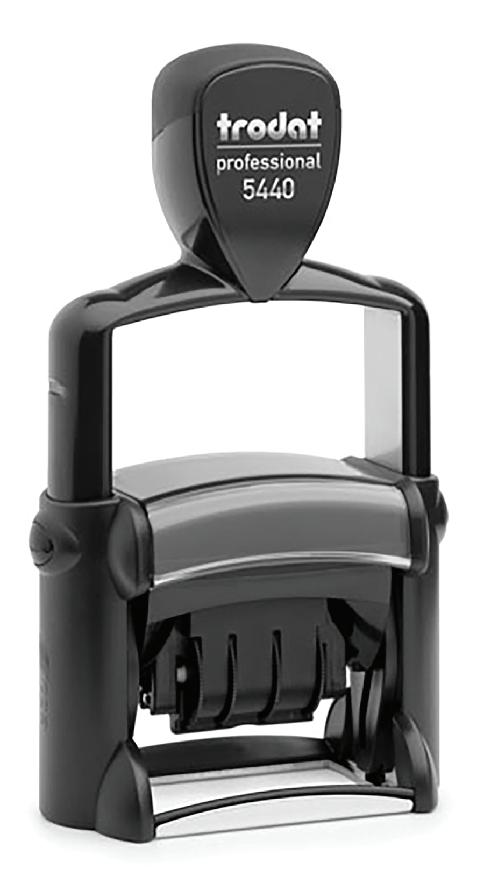
Paul A. Miller, legislative counsel, Workplace Solutions Association
Protecting small businesses in federal procurement: a call to action from the Workplace Solutions Association

In an era of rapid change, evolving federal procurement policies and growing market consolidation, one thing remains constant: the essential role of small businesses in powering the American economy. From Main Street shops to government contractors, small businesses form the foundation of our nation’s prosperity. They embody the entrepreneurial spirit, serve as engines of job creation and offer innovative solutions to challenges big and small.
At the Workplace Solutions Association (WSA), we represent thousands of small, independent businesses across the country that provide office products and workplace services. These businesses serve not only communities but also the federal government, supplying critical products and services efficiently and affordably. Today, these businesses are at a crossroads—caught in the currents of procurement reform and the growing dominance of multinational online giants. Without targeted policy intervention, we risk losing the very diversity, innovation and local accountability that small businesses bring to our procurement system.
We welcome the opportunity to contribute to the congressional conversation on procurement modernization and the role of small businesses. And we commend the House Small Business Committee for its commitment to ensuring that small businesses remain vital partners in federal contracting. This article outlines the concerns, opportunities and necessary policy actions from the WSA’s perspective, grounded in the lived experience of small businesses across the IDC.
The power and promise of small business
There are more than 33 million small businesses in the United States— accounting for 99.9 percent of all US businesses and employing over 61 million Americans. According to the US Small Business Administration (SBA), these businesses contribute over 40 percent of US gross domestic product. They are not simply economic statistics; they are innovators, job creators, community anchors and problem solvers. In the realm of federal procurement, small businesses have played an outsized role. For decades, they have been trusted partners to the federal government—delivering competitively priced, high-quality goods and services across every agency. Their agility, responsiveness and commitment to customer service have made them indispensable.
Yet the rules of procurement are shifting. As large online platforms like Amazon and Walmart become more deeply embedded in the procurement ecosystem, small businesses are increasingly being edged out—often not because of a lack of performance, but because of systemic advantages granted to large players.
Procurement reform: a crossroads for small businesses
We commend recent efforts initiated under the Trump administration that aimed to modernize the General Services Administration (GSA) and update the Federal Acquisition Regulation (FAR). These reforms have sought to reduce red tape, eliminate inefficiencies and create
a more responsive federal acquisition system. That work is long overdue. However, modernization cannot come at the expense of small business participation.
Many of the reforms under consideration—such as marketplace pilots and streamlined platform contracts—are well intentioned but risk favoring the largest corporations. Without careful design, these policies may unintentionally lock out the very businesses that have helped make government procurement work.
If left unchecked, these changes could lead to fewer contracts for small businesses, the collapse of longstanding government suppliers and reduced competition—ultimately harming taxpayers, government efficiency and local economies.
The rise of online marketplaces and the threat of monopolization
One of the most pressing concerns facing the small business community is the rapid adoption of online marketplaces for federal procurement. While online marketplaces promise ease and efficiency, their current implementation threatens to concentrate government spending in the hands of a few dominant players.
These platforms often allow the host company both to manage the procurement system and to sell its own products—creating an obvious conflict of interest. This dual role enables these companies to:
• prioritize their own products over those of competitors;
• access competitors’ proprietary data; and
• manipulate pricing and delivery systems.
This kind of vertical integration is inherently anti-competitive. It undermines the level playing field that federal procurement law has historically aimed
to protect. For small businesses trying to compete fairly, the odds are increasingly stacked against them.
Key policy recommendations to protect small businesses
To preserve and expand the role of small businesses in federal procurement, we urge Congress to take bold, specific action. Below are five critical policy steps Congress must prioritize to safeguard small business opportunities in the evolving procurement landscape.
Preserve and strengthen small business contracting requirements
Federal procurement law has long required agencies to meet small business participation goals. These requirements are not bureaucratic red tape—they are economic lifelines.
Yet we’ve seen a troubling trend: agencies are bypassing these requirements through new marketplace pilots or “reform” initiatives. This undermines decades of bipartisan support for small business inclusion.
Congress must:
• reaffirm small business contracting targets;
• ensure any new procurement models continue to meet (or exceed) existing goals; and
• prohibit agencies from using pilot programs to sidestep small business requirements.
This is particularly urgent in commodity sectors like office supplies, where small businesses have long delivered reliable, cost-effective service.
Prohibit platform providers from competing on their own marketplaces
Allowing companies both to host and to compete on government platforms is like allowing the referee to play for one of the teams. It’s fundamentally unfair.
Congress must:
• prohibit platform hosts from selling their own products on government platforms they manage;
• require strict firewalls to prevent access to competitors’ data; and
• ensure platform management is impartial and transparent.
This single change would go a long way toward restoring fairness and trust in the procurement process.
Require full and open competition for marketplace contracts
The initial GSA contracts for online marketplaces were awarded through limited, opaque methods—not the competitive bidding processes required by federal procurement law.
Congress must:
• mandate full and open competition for all procurement platform contracts;
• require transparency in the bidding process; and
• allow small and mid-sized technology companies to compete to host procurement platforms.
Only by opening the process can we ensure the best value for taxpayers and fair access for small businesses.
Establish an industry advisory group on procurement marketplaces
To futureproof the system, Congress should require GSA to create an industry advisory group for online marketplaces. This body should include:
• small business owners;
• procurement experts;
• technologists and cybersecurity professionals; and
• independent watchdogs.
The group would advise on platform design, pricing fairness,
data protections and the impact of marketplace structures on competition. Including small business voices in these decisions will ensure smarter, more balanced procurement innovation.
Streamline the GSA Schedules Program and eliminate redundancy
The current GSA Schedules Program is burdensome and overly complex. It disproportionately affects small businesses, which lack the compliance staff and legal resources of their larger counterparts.
At the same time, redundant buying channels—often created by individual agencies—waste taxpayer dollars and complicate procurement.
Congress should:
• simplify and modernize the GSA Schedules process;
• consolidate overlapping procurement programs;
• create clearer, consistent rules across all agencies; and
• invest in training and support for small business contractors.
The goal must be to make it easier—not harder—for qualified small businesses to participate in government contracting.
The stakes: innovation, jobs and economic equity
The federal procurement system spends over $600 billion annually—a figure that grows each year. Who receives those dollars matters. When small businesses get a fair share, the impact ripples across the economy:
• Jobs are created locally;
• Revenue stays in communities;
• Innovation is driven by diverse perspectives; and
• Competition ensures better value for taxpayers.
But when that spending is consolidated among a handful of massive corporations,
we lose all of this.
The procurement system is not just about purchasing goods and services—it’s a tool of economic policy. It must be used to promote broad-based opportunity, innovation and accountability.
A proven partner in crisis: the resilience of small businesses
During America’s most difficult moments, small businesses have shown their resilience and value:
• During natural disasters, they have kept supply chains moving.
• During the COVID-19 pandemic, they pivoted quickly to support government needs.
• During economic downturns, they innovated to survive and serve their communities.
Time and again, small businesses have been on the frontlines—delivering under pressure and without complaint. That’s the kind of reliability and dedication taxpayers deserve.
Our message to Congress is simple: don’t leave these businesses behind in the name of efficiency or modernization. The promise of innovation must include, not exclude, America’s small business community.
The path forward: inclusion, accountability and opportunity
As Congress considers the future of procurement reform, we urge the following guiding principles:
• Inclusion: Every policy change must be evaluated for its impact on small businesses. If reforms disproportionately harm them, those changes must be reconsidered.
• Accountability: Agencies must be held accountable for meeting small business participation goals, conducting open competitions and avoiding backdoor contracts.
• Opportunity: Small businesses don’t want handouts. They want a fair shot to
compete. With clear rules, streamlined processes and open platforms, they will deliver.
It is time to refocus our procurement system on its original purpose: delivering value to government while promoting American enterprise and economic strength.
A closing appeal to Congress
On behalf of the thousands of small, independent office products suppliers across the country, we thank the Committee for your leadership and dedication to economic fairness. But more work remains.
We urge Congress to:
• hold future hearings specifically on small business participation in sectors like office supplies;
• call on real small business owners to testify—those with decades of experience navigating the GSA and FAR;
• include small business representatives on advisory panels; and
• demand transparency, competition and accountability in all procurement initiatives.
The procurement system must evolve— but not at the expense of the people that built it. If we reform with intention, transparency and inclusion, we can create a system that truly works for everyone.
Small business is America’s competitive advantage
Small businesses are not a special interest. They are the national interest. When we empower small businesses, we strengthen the economy, increase government accountability and build a more resilient public sector. With smart policy and bold leadership, we can ensure that small businesses remain at the heart of our procurement system—delivering innovation, efficiency and service to the American people.

About CBIZ Employee Benefits

CBIZ Employee Benefits is the single-source benefits solution for members of the Workplace Solutions Association. With a national presence, enrollment support, and supplemental communications materials, CBIZ can help you meet the needs of your employees in an everchanging market.
Our team of specialized experts will collaborate with you to develop an actionable plan tailored to your unique pain points and goals. This is not cookie-cutter consulting. With thousands of clients nationwide, and more than a decade of proven results, we’re the partner you can count of to provide the strategic benefits solutions you need.
To learn how we can help you please email or click the link:
Ryan Oursler at ryan.oursler@cbiz.com
Contact CBIZ
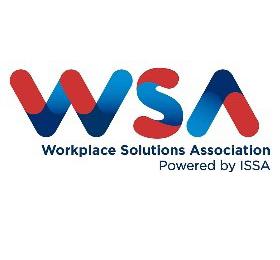

LEARN HOW CBIZ EMPLOYEE BENEFITS CAN HELP WITH YOUR UPCOMING RENEWAL
Are you looking to lower your rates while offering improved benefits to your employees?
Explore our free on-demand webinar to discover strategies to reduce costs, options for optimizing benefits for your team, and more!
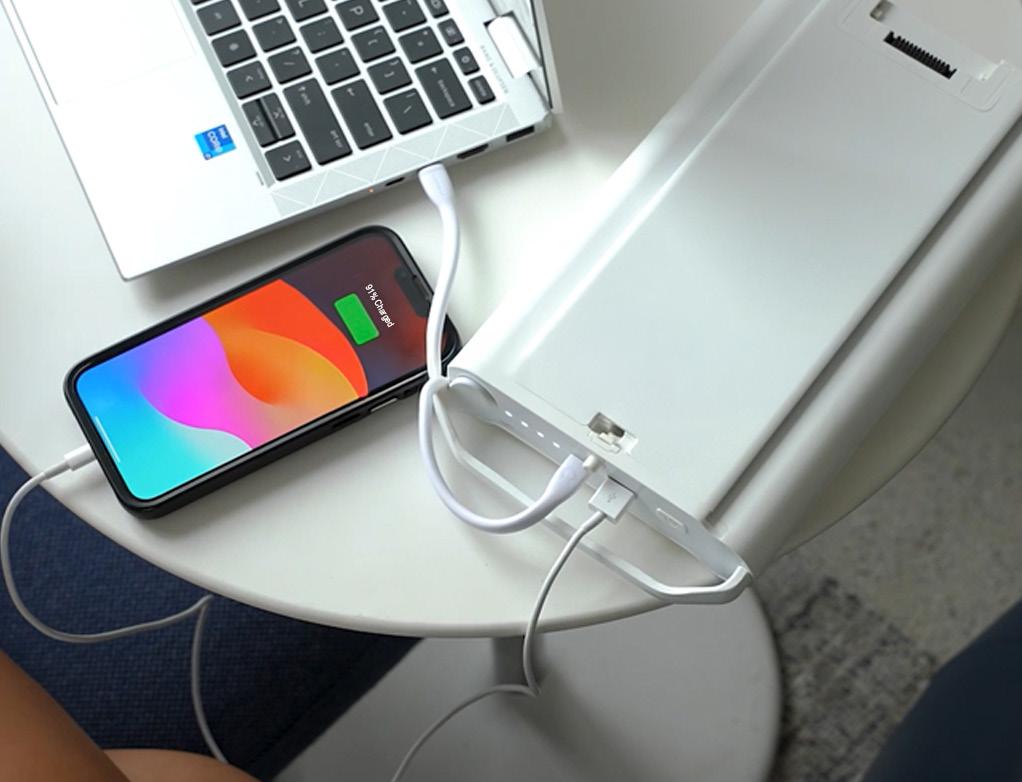
SEEN AT NEOCON
It was back in June 1969 that the very first National Exposition of Contract Interior Furnishings (now simply known as NeoCon) took place. The scale of the event was unprecedented for the industry at the time, attracting 750 exhibitors and over 100 speakers. Fast forward 56 years and the great and good of the office furniture world continue to gather in June, now at the regular venue The Mart in Chicago, to attend one of the most important events
in the commercial design industry calendar. Despite competition from other nearby expos, this year’s NeoCon claimed a strong attendance approaching 50,000 over the duration of the show. More than 450 exhibiting brands showcased innovative solutions across workplace, education, healthcare, retail and hospitality—reimagining how we work, learn, heal and connect.
The show featured a range of forward-thinking products
that address some of the most pressing priorities in today’s commercial design landscape, including circularity, neuro-inclusion, biophilia, multi-functionality and smart sustainability.
The Best of NeoCon Awards were also back for their 354th edition. With an event the size of NeoCon, it’s impossible to present a comprehensive overview, but here are some of the new products that caught the judges’ eyes at The Mart in June.

Winning a Business Impact Award, the Freedom FR210 from CMS Electracom is a high-output portable power solution designed to meet the demands of today’s flexible workspaces. With the ability to deliver up to 24V DC and 100W USB-C PD, it provides reliable power anywhere, anytime, without the limitations of being tethered to fixed floor boxes or cables. Ideal for dynamic work environments and with a modular design, stackable battery modules mean the FR210 can power everything from training tables and mobile desks to loose furniture and media stands, supporting a wide variety of adaptable setups.
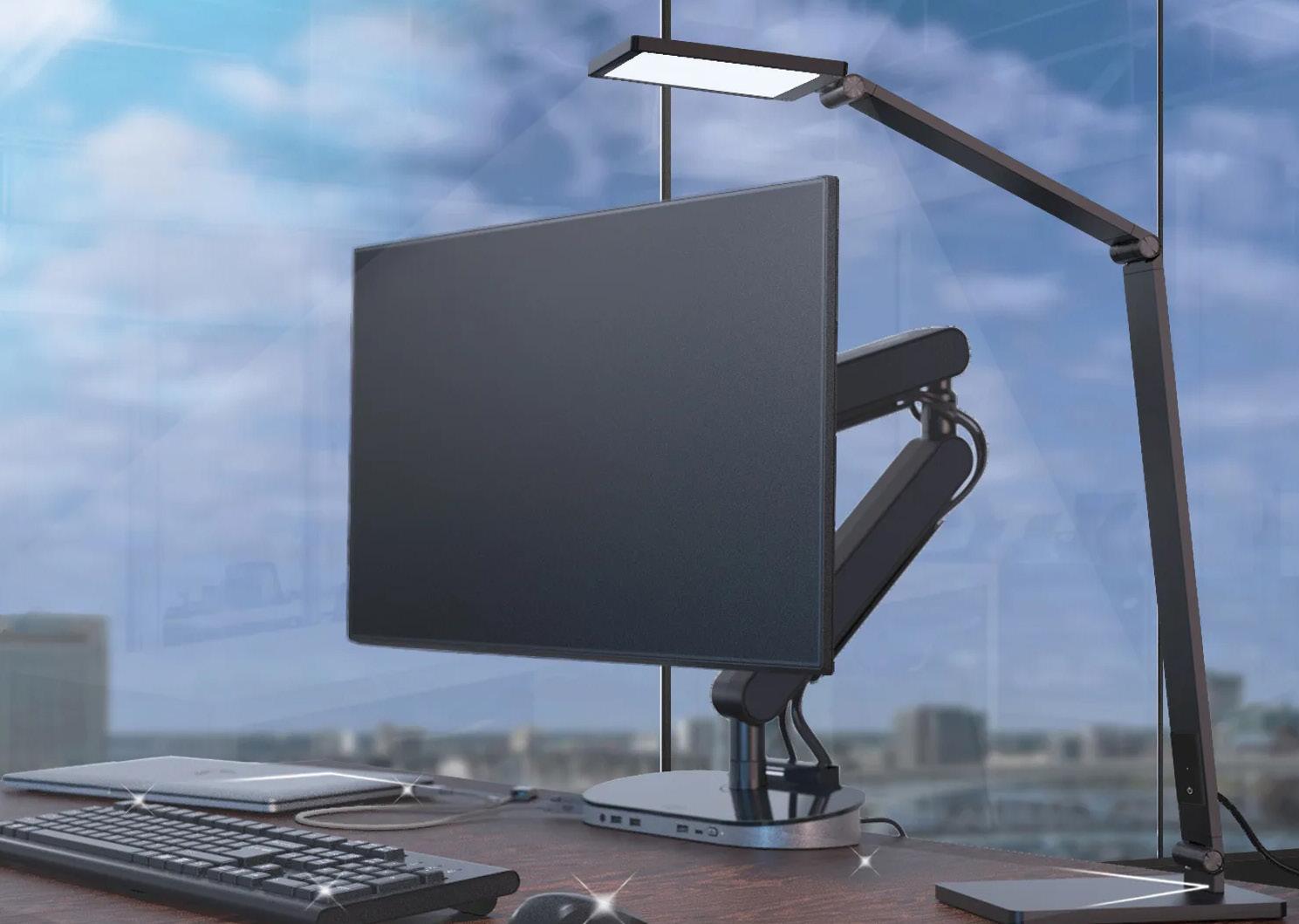
Taking home an Innovation Award, as well as a Gold Award in the Task Lighting category, Zylo+ from Safco is a groundbreaking dual-function task light that delivers clean, natural white light to reduce eye fatigue, while simultaneously sanitizing desktops to improve workplace safety—increasingly important in shared desk environments. This is underlined by research from the Centers for Disease Control and Prevention, the World Health Organization and the New England Journal of Medicine showing that each time we exhale, we release germs that can survive on desktops for three days or more, meaning any sick employee can inadvertently infect the next desk users.
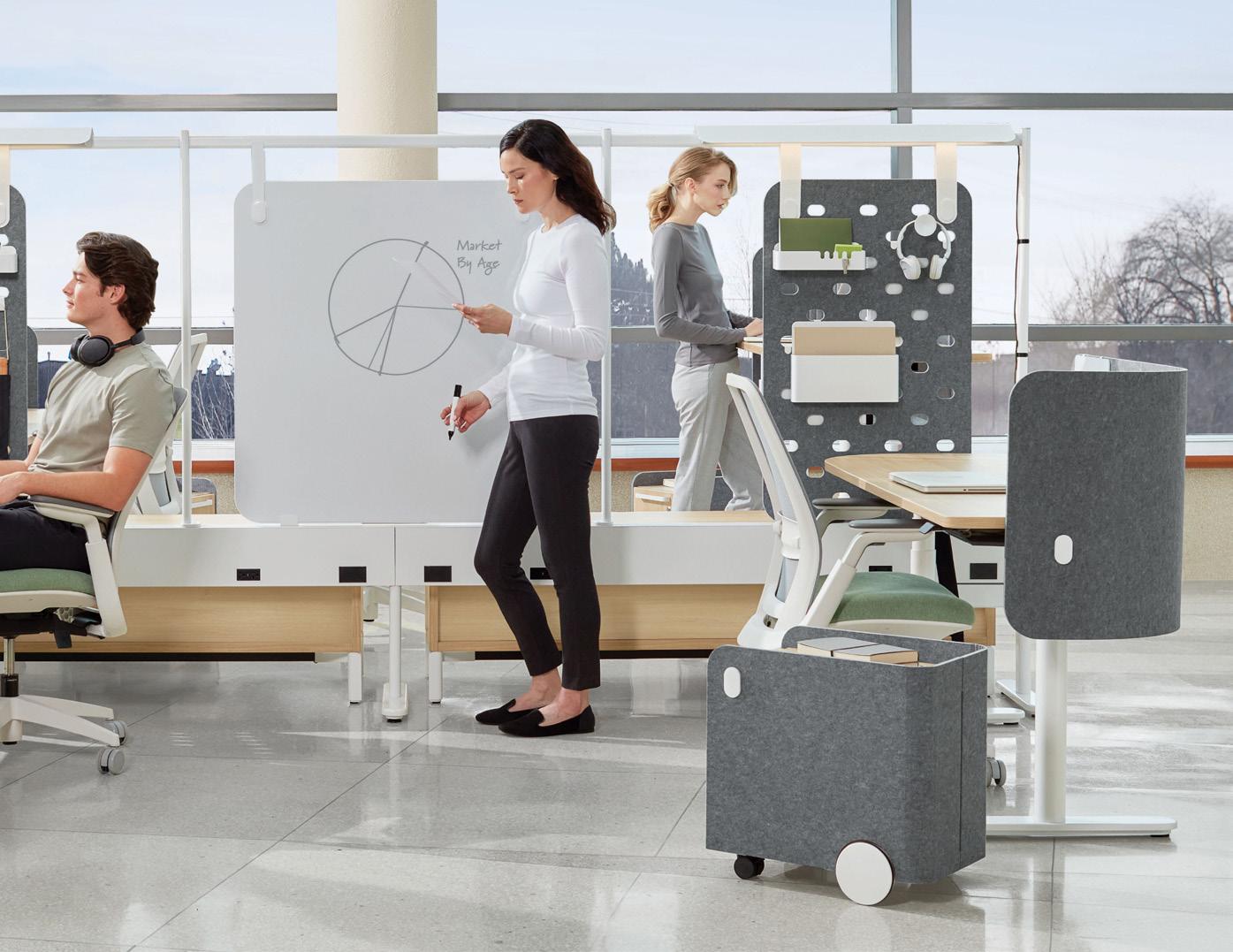
Winning both a People’s Choice Award and a Silver Award in the Benching & Furniture Systems category was Global Furniture Group’s preview of its new Open Spaces office ecosystem. Open Spaces is built around a purpose-designed power beam, which allows worksurfaces to be uncoupled from the room’s power structure to provide greater flexibility. The power beam’s upper frame structure easily supports storage elements and work tools while creating a sense of privacy and space division. The system allows for a wide range of layout possibilities, with a range of freestanding or semi-supported desks, privacy screens, modesty panels, whiteboards, pegboards, planters and lighting options.
NEOCON
Picking up the coveted Best of Competition Award, as well as Gold Awards in three other categories (Collections for Collaboration, Café Tables and Conference Tables), was the Astoria collection of conference and mobile communal tables from HALCON. Jurors praised the well-appointed assortment for its exceptional design and everyday usability, highlighting its sculptural bases, refined materials and thoughtfully concealed rolling casters. With flexible configurations, integrated technology options and precision attention to detail, the collection offers a compelling solution for today’s dynamic environments.
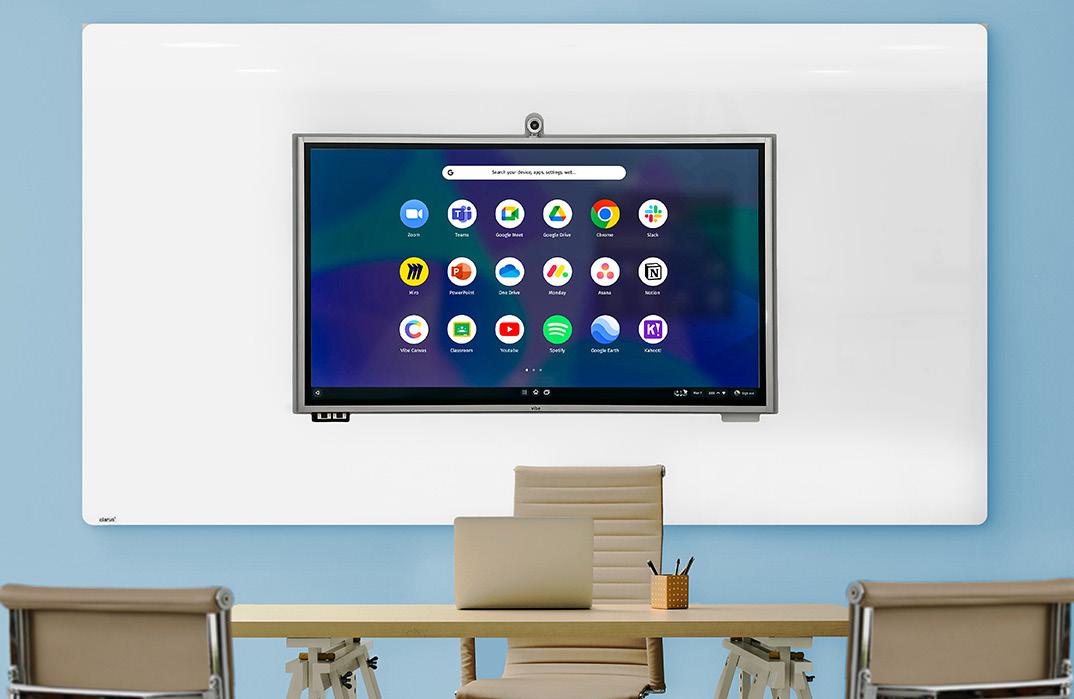
The Lynk digital glassboard from Clarus won both a NeoCon Business Impact Award and a People’s Choice Award. The Lynk is a 55-inch collaborative tool that allows users to write notes on the sleek glass and host meetings and presentations with the digital board—all in one unit. It also enables users to annotate directly on the screen and across various applications, replacing traditional virtual meetings with a single presenter and people taking turns. Lynk allows everyone to contribute at once, as if they’re all in the same room, via the dedicated Canvas App.


KSI Studios won a Sustainability Award for its Tumble table collection. The side and coffee table offering was inspired by the idea of upcycling discarded clothing. Their round tops—crafted from shredded and compressed recycled textiles—diverts waste from landfills while giving each top a unique, natural character all its own. The wood bases, featuring a distinctive circular cutout, take inspiration from the universal tumble-dry laundry symbol, adding a playful, lighthearted touch to the design.
Also considered for an award was the Flyte Duo whiteboard from Ghent: a frameless, double-sided dry-erase board. The board is installed using magnets, meaning the surface can easily be flipped over from gloss for writing to matte for projection. The board’s lightweight design allows for easy, single-person installation—perfect for modern classrooms, agile workspaces and various functional spaces. Constructed with a recyclable aluminum core and a durable magnetic steel writing surface, the product is backed by Ghent’s 50-year warranty.
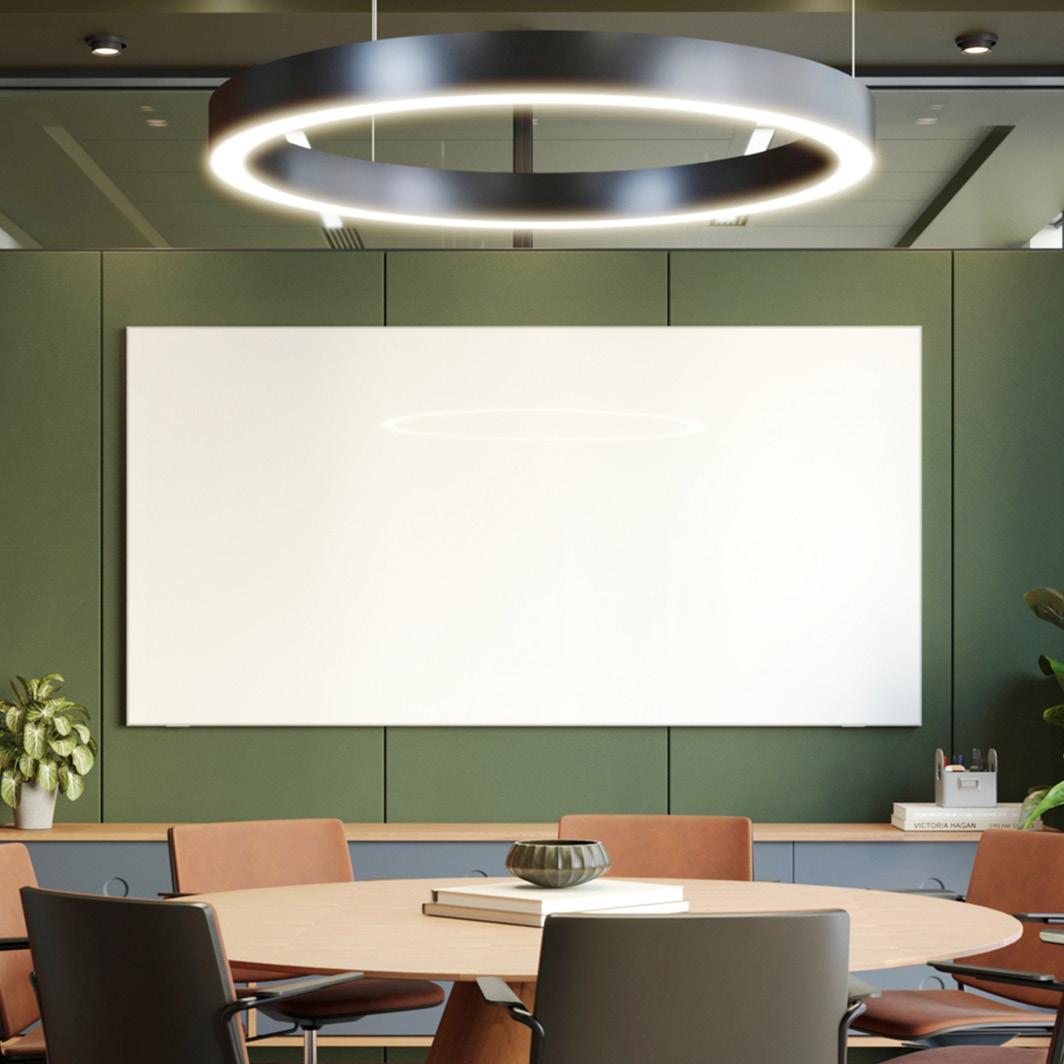
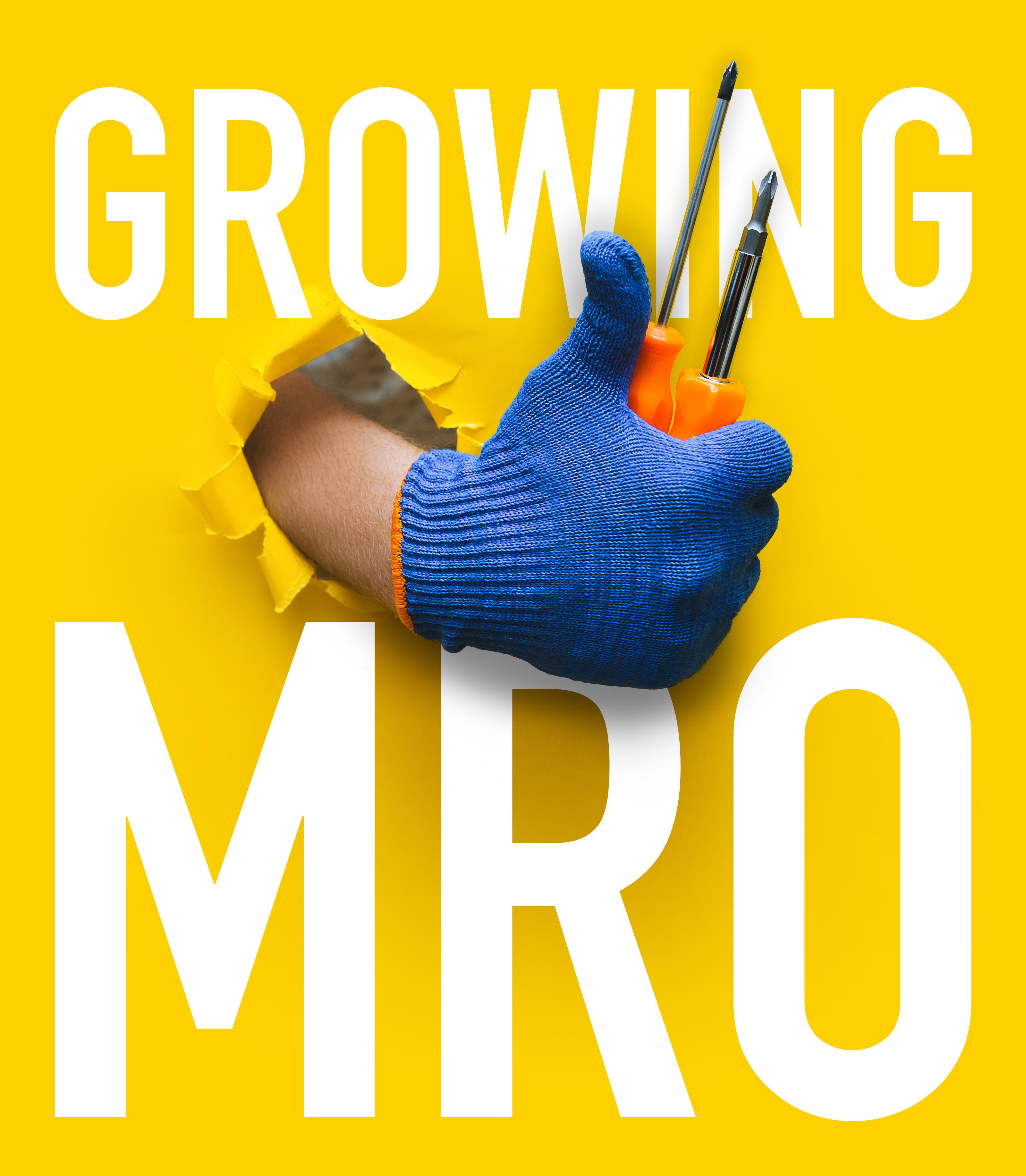
by Lisa Veeck
It’s old news that office product sales are at best stagnant and more often in decline, leaving most independent dealers scrambling to find new categories to keep business thriving. One growing focus in this regard is maintenance, repairs and operations (MRO). Can this category provide the desired bottom-line boost? These independent dealers are banking on it.
At Storey Kenworthy, Des Moines, Iowa, MRO accounts for less than 1 percent of sales. However, the company has lately been making bold strides in the segment on the assumption that this will soon change.
“We have destocked over 90 percent of our office products, relying more on our wholesaler, S.P. Richards, for those,” says vice president Lincoln Dix. “This has freed up a lot of warehouse space that we are filling with janitorial and breakroom, and we are looking to stock with more MRO.”
It’s all part of a strategy to sell products that Dix calls “non-digitizable.” “Our office products world revolves around paper,” he explains. “Yet as things continue to
be digitized, copy paper sales are declining—and with them sales of associated items such as tape, pens, highlighters, report covers, etc. But breakroom and janitorial supplies are non-digitizable; and so are MRO products.”
According to Dix, ISG was the inspiration for Storey Kenworthy’s dive into MRO: “ISG had a new wholesaler, Global Industrial, that offers industrial mailing and shipping supplies—things like carts, jacks and pallets. We partnered with it and uploaded its content, including 15,000 SKUs, to our site. Since then, we’ve been reaching out, looking to expand the category by forming relationships with other MRO providers.”
Storey Kenworthy primarily targets companies with small to medium-sized mailrooms, avoiding those with larger warehouses and trucking companies. Other MRO categories under consideration include floor-drying equipment. “With heavy rains come water leaks that require fans and carpet-drying products,” Dix elaborates. “Again,
these are non-digitizable and are non-complicated. There’s not a lot of training required—you just plug them in. They are a commodity, but there’s no software solution for cleaning up water.”
MRO generates 40 percent of the sales at Intivity, Rochester, New York. The dealer entered this space in 2010 thanks to a reseller agreement with W.W. Grainger, under which it offers all of Grainger’s 2 million-plus products. The minority-owned company is a regular supplier to the state and federal government, including in MRO.
“Once office products started to decline, we focused even more on MRO,” reports vice president of strategic sourcing Nate Morales. “Today, we buy from Grainger and direct from manufacturers. It’s the best of both worlds.”
1st Source Business Supplies, of Minneapolis, Minnesota, attributes 30 percent of its business to MRO, which—along with food service disposables—is the company’s fastest-growing category. Key clients include casinos, hospitality, movie

Cover Story
theaters and food manufacturers. It purchases products from wholesalers through the ISG buying group or, if minimums are met, directly from manufacturers.
That said, CEO Greg McLeod concedes that the definition of “MRO” remains fluid and the line between it and janitorial services can be blurred: “A lot of people assume MRO is nuts, bolts and screws. But it’s a lot more, like hand tools, ladders and HVAC filters; and it can also include large floor scrubbers, chemical dispensing units and other items that are not considered traditional jan/san.”
What is the most leftfield MRO item the company has sold to date? “A fleet of drones!” responds McLeod. “The operations manager at one of our accounts that we sell MRO products to asked if we could get hold of them. We did some research. The result was a $35,000 sale of something I never thought we’d get into.”
Besides seemingly endless product
options, another plus for McLeod is that MRO connects dealers with decision-makers: “For MRO, you are dealing with maintenance directors, plant managers, vice presidents of operations and, in hospitals, environmental services managers— people who have the power of the wallet. And without these MRO items, many of these facilities could have to shut down.”
Zuma Office, Houston, Texas, has just recently begun forging a path into the MRO market, with the category accounting for less than 1 percent of total sales year-to-date. The move was encouraged by ISG and Zuma’s software provider, Logicblock, which sought Zuma’s assistance in an MRO-focused beta test.
“Since office products is not a growing market, we are always looking to expand our product categories and have a wider range of products to sell B2B and B2C,” explains president and COO Mason Kramer. “So, we partnered
with ISG vendor Global Industrial and expanded our pay-per-click and Google campaigns. We went from zero in MRO sales to $50,000 in five months.”
The products Zuma sells include everything from commercial-grade electric floor scrubbers and mobile scissor lifts to filtered water refill stations and solar-powered stop signs.
Meeting the challenges
All dealers would agree that the MRO segment has its own idiosyncrasies. “MRO is a different language and you have to focus on value-added versus just selling a widget,” cautions Intivity’s Morales. “The competition knows the language to speak and you have to get trained in it. You also have to conduct site surveys and audits to solve the facility’s problems, rather than selling a product. Compliance is another major concern: there are stringent health and safety regulations to consider. You need to be sure you and the customer

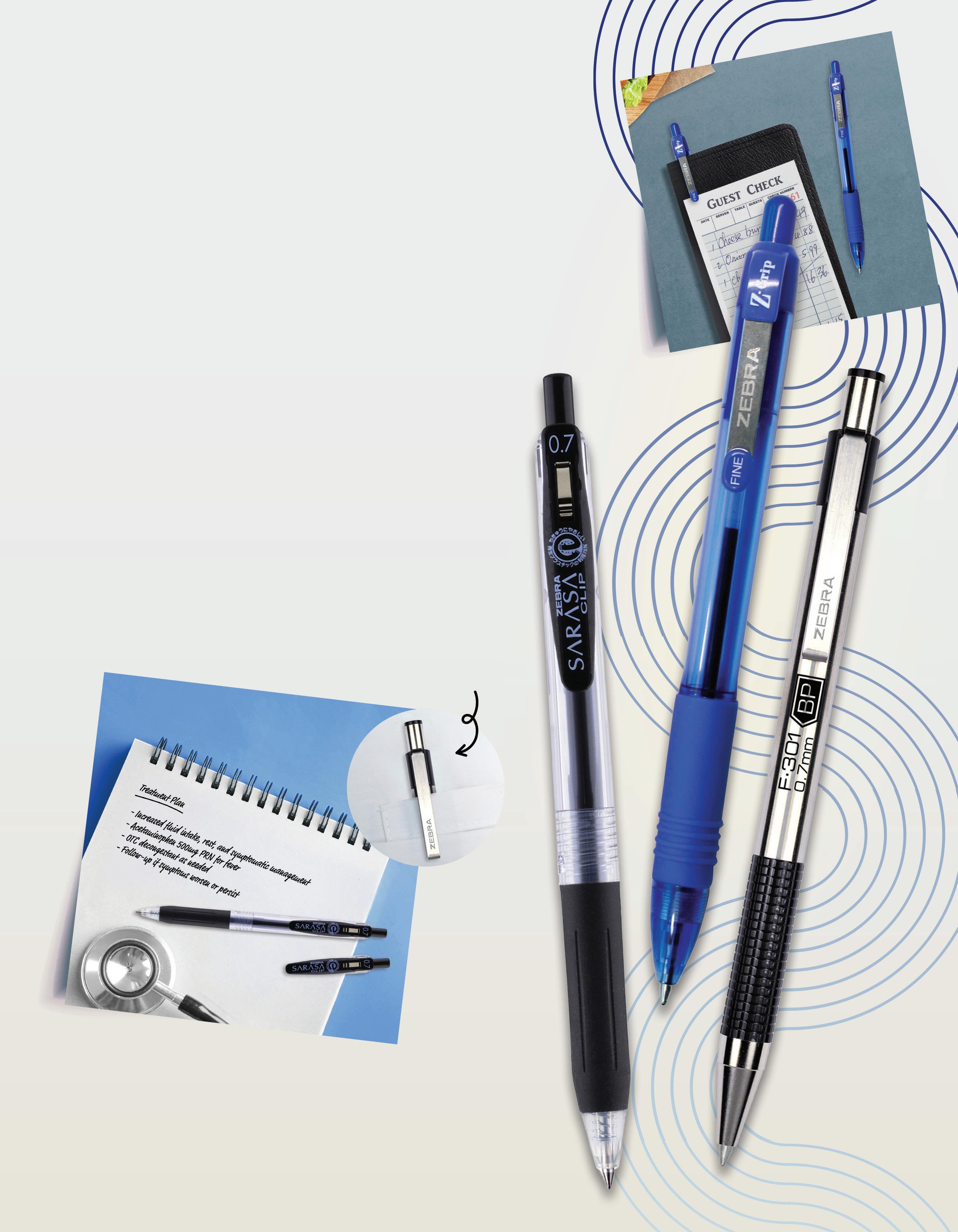

Click it. Grip It. Write It. Clip It.
Zebra Pen offers a wide range of retractable ballpoint and gel pens. Whether metal or alligator, Zebra’s retractable pens offer reliable clipability, guaranteed to be right there where you need it, when you need it.
Designed for everyday writing, these pens deliver smooth ink flow, comfortable grips, and reliable performance. The durable clip can be attached to shirt pockets, notebooks, check presenters, and more, always keeping your pen secure.
Clip it!

staff are trained to ensure compliance.”
McLeod similarly acknowledges that MRO can be uncharted territory: “A lot of paths to success are not paved, not scripted, so there can be a lot of heavy lifting on the front end. One of the first issues is defining MRO. Once you determine what it means for your company, opening new accounts with those vendors can be onerous. But I absolutely think getting into MRO is worth it.”
At Zuma, the biggest initial challenge was building confidence among the salesforce. “One of the hardest things for our team was thinking that, if asked, they wouldn’t know anything about the products,” recalls Kramer.
But they have been pleasantly surprised by the reality. “We are not like local traditional dealers,” he continues. “We sell all online and nationwide, and we’ve found that nine out of 10 times, MRO buyers know what they need and want and are trying to get the best price.”
As for Amazon, the dealers agree it is less of a threat in MRO than in office supplies. “Sure, Amazon is there,”
Kramer acknowledges, expressing the collective sentiment. “But I haven’t experienced people price matching like they do with office supplies. It’s not a big competitor.”
Top tips for moving forward
Looking ahead, dealers should try to keep pace with the evolving dynamics in the segment. “The MRO market is more saturated now than when we started, since more dealers are getting into it,” observes Morales.
“My advice is to find a differentiator, a specific category to excel in. Get trained in the language and add value. Also, don’t be afraid to invest. MRO, like office products used to, requires feet on the street and hearing customer concerns firsthand. You have to be there in person.”
Dix suggests: “Seek advice from sources like ISG. Frank Hoard [ISG facility supply channel director] visited us and helped us understand the market. In the past, for new categories, he said you needed to hire an expert. We did and had moderate success.
But things have changed in just the last five years. Now, Frank contends that you don’t need an expert—you just need someone focused on selling the category. With MRO, 93 percent of what we sell are blue-collar products. It’s a different vernacular, so have someone focused on the category.”
McLeod echoes these recommendations: “Learn from people in the industry, like Frank Hoard, who are knowledgeable, connected and fantastic resources. Reach out and collaborate with other dealers—like me, if you are not in my market. Other dealers have helped me out and I am happy to pay it forward. I am also a huge fan of touring customers’ facilities. You can discuss their needs in person, meet their staff and see what they are buying and what they could purchase from you. And don’t be afraid to ask—you don’t know what you don’t know. Finally, move forward. A quote I use a lot, which is most often attributed to French writer Voltaire, is: ‘Don’t let perfect be the enemy of good.’”


Edited by ChatGPT
Custom Writing Assistant
The gap is closing fast.
And the big guys aren’t waiting
Let’s get real. Amazon, Staples, Office Depot and W.B. Mason aren’t just dabbling in AI—they’re going max speed. And while a lot of independents are still standing around the track stretching, the majors have already run two laps. If we don’t pick up the pace now, we’re going to get lapped for good.
In the last 18 months, the upgrades have gone way beyond fancy pilot programs and flashy demos. Staples is using robots to handle SKU-heavy orders. Amazon is rewriting product pages on the fly based on who’s browsing. Office Depot has given 12,000 associates a ChatGPT-style assistant so they don’t have to shout
across the store when someone asks, “Hey, what toner fits my printer?”
Customers feel it. Orders are faster. Answers are instant. Sites feel like they “get” them. It’s not magic. It’s AI. And unless you’re using some version of it yourself, that customer experience gap isn’t just going to grow. It’s going to explode.
24/7 service that knows what it’s talking about Here’s a fun fact. Office Depot has rolled out its ODP Personal Assistant to 900 stores. That’s 12,000 employees who no longer have to fumble through binders or disappear into the back to check toner compatibility. They ask
a plain-English question and the AI spits out a real answer. Faster help. Better experience.
Now stack that against a typical dealer website. If you’ve got live chat that only works during business hours—or worse, a generic contact form—you’re not competing. You’re disappearing.
Amazon has already taken this to the next level. Most of its “Where’s my stuff?” questions never touch a human. AI handles them. Instant answers on a massive scale. And it’s not stopping there: its Project Amelia now helps marketplace vendors with generative selling. It’s like having a product marketing manager that
West McDonald, founder of GoWest.
ai, is a recognized expert in AI solutions, with extensive experience across various technology sectors. His work focuses on generative AI applications and strategies for maximizing recurring revenue, guiding businesses toward innovative growth. West is dedicated to fostering a culture of learning and excellence through AI-driven innovation.

doesn’t sleep. Independents need to stop thinking of chatbots as gimmicks. They’re now expected. If your site isn’t giving instant answers to basic questions, buyers will move on.
Webstores that think ahead of the cart Amazon is now rewriting titles and product recommendations in real time using large language models. That means if a buyer usually searches for eco-friendly products, Amazon pushes these to the top without being asked. Staples is doing this too: its Business Advantage catalog now has AI built into Oracle NetSuite. Buyers get smart
recommendations, alerts and automated approvals all on one screen.
Even W.B. Mason has gone digital-first. It is aiming for 65 percent of revenue from online, up from 40 percent in 2020. It is using AI to recommend products and even offer augmented reality for space planning.
What does this mean for us? The bar has moved. Your website can’t just show product listings anymore. It needs to know the customer. It should recommend what makes sense, remind them before they run out and cross-sell logically. “One size fits all” is officially out.
Robots in the warehouse, algorithms on the road
Meanwhile, Staples is now using RightHand Robotics for order picking. Early results show human touches drop by 80 percent. Orders go out faster, more accurately and with a bigger product range.
Amazon has taken this further. Its new Wellspring AI model uses satellite images and delivery history to tell drivers exactly where to park and which door to use. It mapped 4 million addresses just to make last-mile delivery more efficient. Why should we care? Because this is where margins are won or lost. Last-mile delivery can eat 41 percent of logistics spend. And your customers? They’re getting used to free shipping, same-day delivery and real-time tracking.
West McDonald
You don’t need a robot fleet. But you do need to look into software-as-a-servicebased demand forecasting and logistics partners that use dynamic AI routing. There are tools out there built for the little guys. Start there.
Sales teams with AI backup
Here’s the kicker: AI isn’t just for customers; it’s now coaching employees too.
At ODP, store associates can ask spec questions and get answers instantly. No more flipping through catalogs or sending emails.
The big guys like Walmart and Target are rolling out handheld AI apps for staff. Every team member becomes a category expert. You can do the same. Even basic customer relationship management platforms now bundle AI features—lead scoring, email writing, pipeline analysis. A two-person sales team using AI can look and feel like a five-person machine. And those tools? They’re cheap—sometimes even free.
Customers will notice—fast Amazon’s Prime Day this year was forecast to hit $24 billion. AI-driven deal finders pushed a 3200 percent spike in chatbot activity. That’s not a typo.
Adobe’s latest survey? Ninety-two percent of shoppers said AI improved their buying experience.
Eighty-seven percent said they’re more likely to use AI for higher-ticket purchases. Let that sink in. When customers get that kind of smooth, smart, fast experience with Amazon on a Tuesday, they’re not going to wait until Thursday for your slow, clunky system to catch up. It doesn’t matter how great your relationship is. Convenience wins.
But here’s the good news
The tools the big guys are using are built on cloud platforms. And those platforms are open to you too.
You don’t need to rebuild your entire business overnight. You just need to start. Pick one AI-driven upgrade: a smart chatbot; a reorder script; a dynamic routing app. Launch it. Learn from it. Build on it.
Each win buys you time and money to take the next step. And every step keeps you in the game.
Standing still isn’t standing still anymore. It’s sliding backward.
But if you move now, you’ve got something the big guys don’t. You can blend that high-touch, personal service your customers already love with AI-powered speed. That combo is gold.
Let’s not wait for someone else to close the gap. Let’s cross it.
Reach out to west@ gowest.ai if you’d like some help.
TO REACH GEN Z, UPGRADE TO PREMIUM

Given that Gen Z accounts for approximately 40 percent of consumers worldwide, it is quickly becoming an increasingly important demographic to target. Conventional wisdom might indicate that reaching Gen Z relies solely on feeding them tons of short-form user-generated content to grab their attention. But look a little deeper and you’ll see that’s only part of the
equation when it comes to this demographic. Premium content (yes, including long-form) has shown itself to be highly effective if the subject matter is compelling and it is marketed correctly.
Successfully reaching Gen Z through premium content requires understanding their unique perspectives, values and consumption habits while maintaining consistently high standards for quality and authenticity.
Brands and creators that master this balance will be more likely to build lasting relationships with this influential generation.
Gen Z’s content consumption habits
Gen Z, born between 1997 and 2012, represents the first truly digital-native generation, with smartphones, social media and on-demand content available their whole lives. Their approach
to and expectations of media consumption are fundamentally different than those of previous generations. For brands and content creators looking to catch their attention, understanding how to create and leverage premium content effectively is an essential tool for meaningful engagement.
Gen Z consumes content at an unprecedented pace and volume. Having grown
Jennifer Vitanzo is a content writer for Fortune Web Marketing. She has been writing professionally for over 20 years. When not wordsmithing, Jenn is performing onstage as a singer/songwriter or out in nature photographing wildlife for conservation organizations.

up in a world with instant access to information and entertainment, they seamlessly navigate between platforms, often consuming multiple forms of media simultaneously. As a result, they have incredibly sophisticated media literacy skills and high standards for content quality.
What makes premium content resonate so well with Gen Z is precisely because they can distinguish
between authentic, well-produced material and generic, low-effort content. And they don’t want the latter. They value creativity, authenticity and production value, and are more likely to engage with content that demonstrates genuine investment in quality and messaging. In short, they want content that delivers real value and are willing to pay for it. So, what does real value look like for Gen Z?
Real value and premium content
Gen Z grew up during economic uncertainty and social upheaval, which had a tremendous impact on their relationship with the world around them. They are more socially conscious overall and value individuality and self-expression. Transparency and genuine connections with brands are important to them, so content that feels personally relevant and real rather than mass-produced makes a big impact.
To provide real value, premium content strategies need to incorporate personalization, interactive elements, curated experiences and community-building features—all of which perform exceptionally well with this demographic. Behind-the-scenes access, exclusive interviews and early access to products and services are all great ways for creators to make their audience feel like
active, rather than passive, participants in the content experience. These, in turn, build deeper relationships and more brand loyalty.
Platform-specific premium content strategies
Gen Z appreciates well-researched, entertaining and educational content that provides genuine value. It’s no surprise, then, that YouTube remains the reigning champion for longer-form premium content. Premium YouTube content that connects often includes higher production quality, exclusive series or collaboration with popular creators who already have Gen Z’s trust and attention.
On Instagram, premium content that does best offers aesthetic excellence in visuals and audio and creative storytelling techniques that stand out in crowded feeds. Think exclusive stories highlights or reels with higher production values overall.
While TikTok offers unique opportunities for premium content (e.g., livestreaming, branded effects and exclusive challenges), the current questions around the platform’s future can make its utility unpredictable. That said, this platform is quickly gaining on YouTube and Instagram among this demographic, and its algorithm rewards engaging, high-quality content, making premium production values a significant advantage.
For brands wanting to invest in genuine community building, platforms like BeReal and Discord are good choices for more intimate, community-focused premium content experiences, as they emphasize authentic interaction and real-time engagement.
Ensuring content quality and production standards
When it comes to Gen Z, creating premium content that balances professional standards while maintaining authenticity is vital. This does not have to mean expensive equipment or elaborate setups. Rather, it means thoughtful planning, attention to detail and clear messaging in every aspect of content creation.
Here are some critical elements to consider when creating premium content.
Visuals
Visual consistency across platforms is vital as it helps establish brand recognition and premium positioning and create a recognizable aesthetic. To achieve this, maintain cohesive color schemes, typography and design elements.
Audio
Gen Z will quickly disengage from content with poor sound quality, no matter how visually appealing it might be, so make sure the audio is good.
Jennifer Vitanzo

Storytelling techniques
Premium content should incorporate elements that resonate with Gen Z’s values and interests, which include social consciousness, mental health awareness, diversity and inclusion and environmental sustainability. When these topics are addressed thoughtfully and authentically, they tend to generate stronger emotional connections and engagement.
Community matters
This generation values belonging and connection, making community-focused content strategies particularly effective. Consequently, long-term engagement with Gen Z relies on community building, which premium content can provide exceptionally well by creating shared experiences that bring
audiences together around common interests or values.
Gen Z is more likely to share and recommend content that makes them feel like insiders or early adopters. Consider content such as exclusive access to creators, behind-the-scenes content or early product releases—all of which encourage word-of-mouth marketing and expand reach organically.
Interactive elements (e.g., polls, Q&A sessions or collaborative projects) create a two-way communication channel and are helpful for maintaining engagement. These features make audiences feel heard and valued, strengthening the connection to the brand or creator.
Measuring success and ROI
Evaluating the effectiveness of premium content strategies requires
and often requiring multiple touchpoints with premium content before converting. Conversion metrics and attribution models should account for this extended decision-making process.
New trends to consider
metrics beyond traditional engagement rates. For Gen Z audiences, success indicators include community growth, user-generated content creation and long-term retention rates. These metrics better reflect the deep engagement that premium content aims to achieve.
Gen Z are quick to call out perceived inauthenticity or misalignment with their values, making brand sentiment analysis particularly critical with this group. Premium content strategies should include monitoring tools that track not just engagement quantity but also sentiment quality and brand perception changes over time.
Gen Z typically follow a longer customer journey. They are more deliberate with their spending, tending to research extensively before making purchases
The premium content landscape continues to evolve at breakneck speed, with new technologies and platforms emerging regularly. Virtual and augmented reality present opportunities for immersive premium content experiences that could be particularly appealing to Gen Z’s desire for novel and engaging experiences. AI and machine learning will likely play increasing roles in personalizing premium content experiences. However, given this demographic’s interest in environmental issues, transparency and authenticity, technology like this can be at odds with Gen Z’s values. It’s crucial that any approach including AI and machine learning considers this if you want Gen Z engagement.
Premium matters moving forward
As Gen Z enter their peak earning years, their willingness to pay for premium content experiences will likely increase, making high-quality content strategies even more valuable for brands and creators willing to invest in excellence.
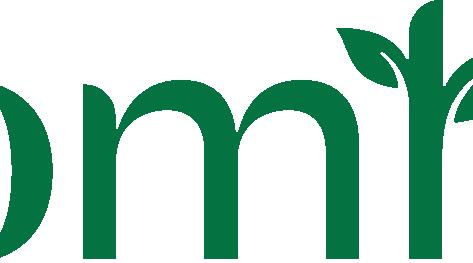
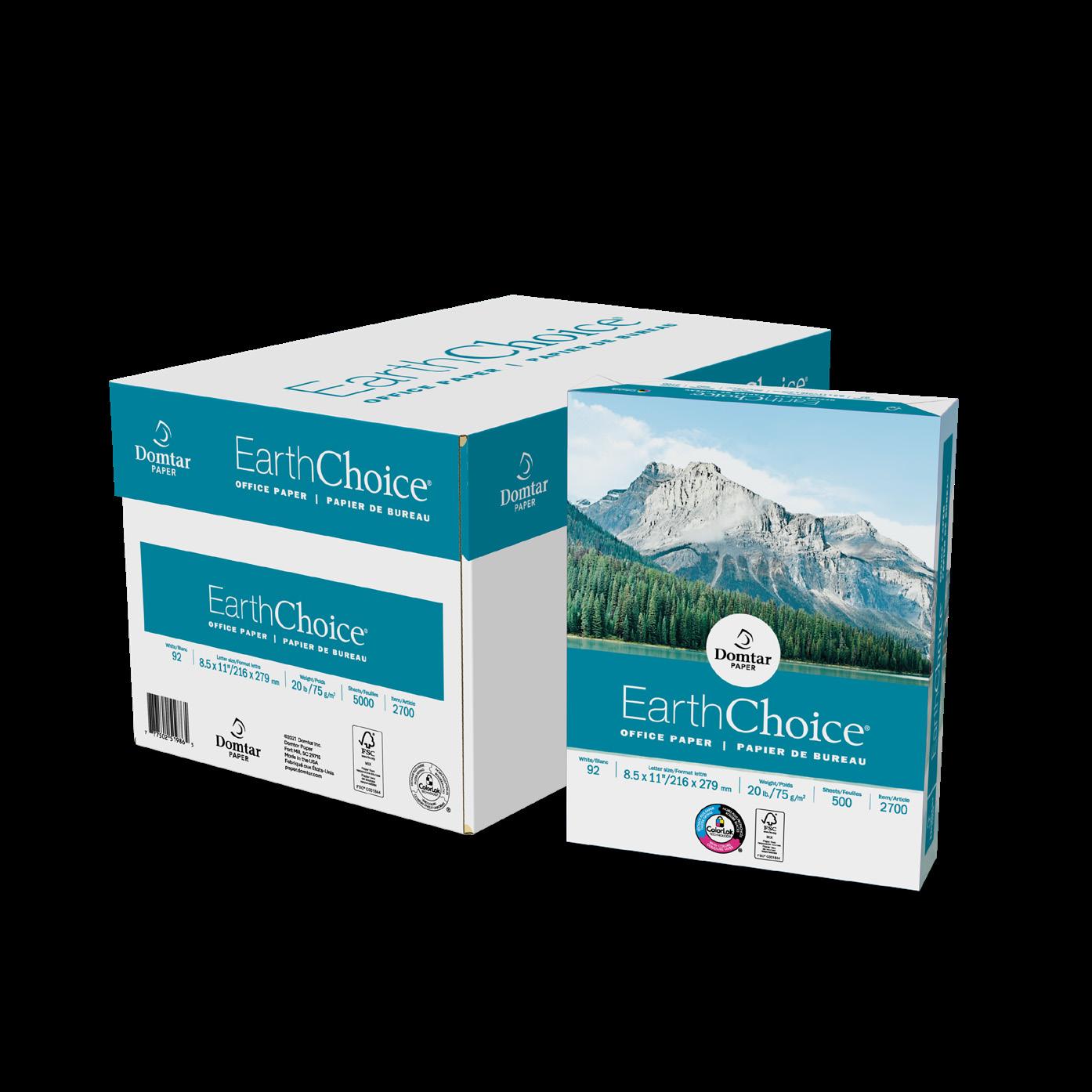
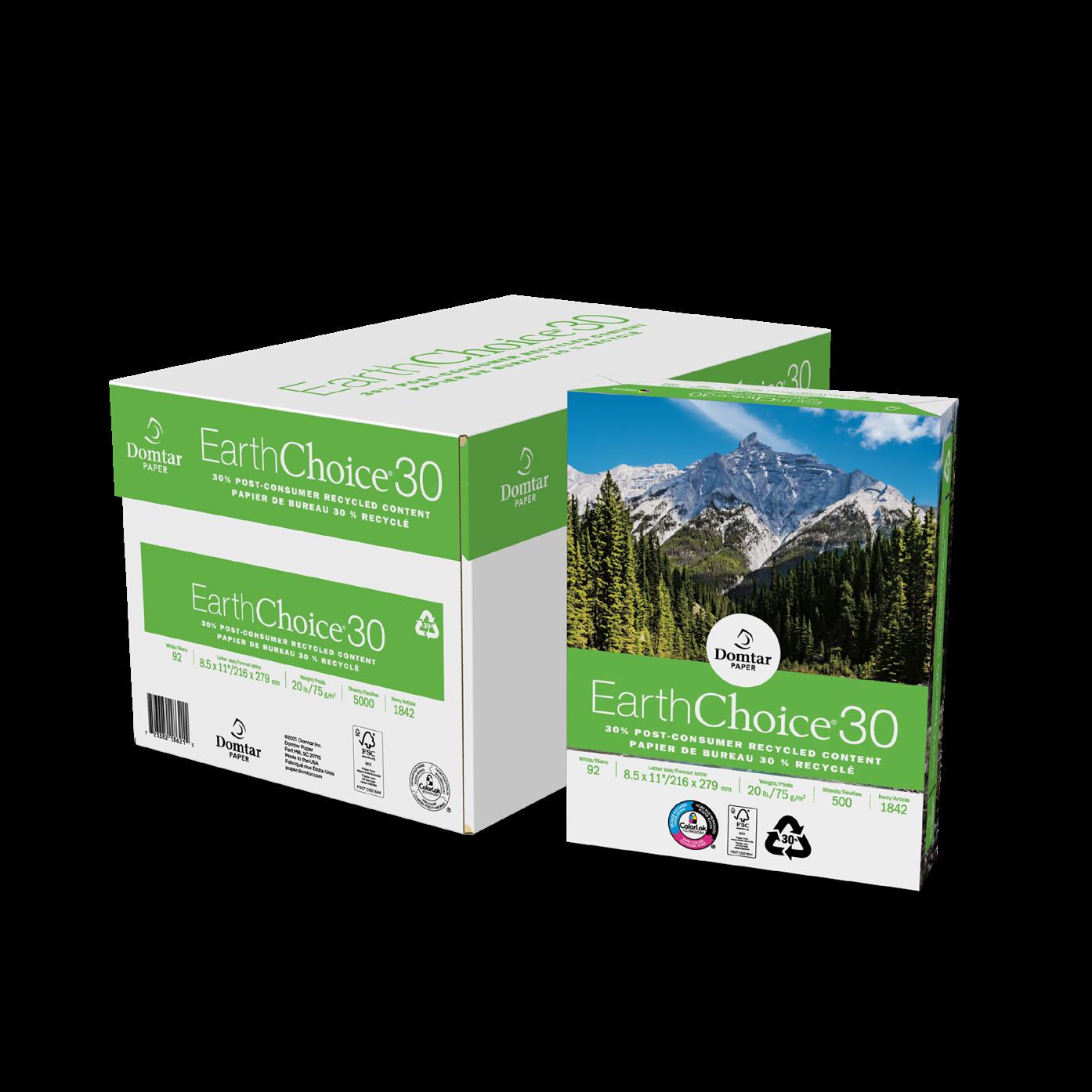

& Brennan Thomson
In addition to serving as national sales manager for AOPD, Tom Buxton, founder and CEO of the InterBizGroup consulting organization, works with independent office products dealers to help increase sales and profitability. Tom is also the author of a book on effective business development, Dating the Gatekeeper. For more information, visit www.interbiz group.com.

Shark attacks and Post-it Notes
When you create a graph demonstrating the average monthly sales of ice cream for one year and overlay the average monthly number of shark attacks in that same year, the two graphs match up perfectly. As ice cream sales go up and down during the year, the number of shark attacks follows the exact same pattern.
Based on this information, and only this information, there are two possible “truths”:
• Eating ice cream causes shark attacks.
• Shark attacks drive ice cream sales.
All this is silly, of course. Anyone trying to present these “conclusions” as “truths” would be chased out of the room.
But can this sort of statistical error apply to other
categories of events? We think so, especially when applied to price complaints.
Based on our data, the average dealer delivers around 360,000 products each year—most of them without so much as a word spoken between client and dealer, let alone any concern voiced over price.
Yet when a customer does raise a price concern, many people push the panic button like it’s a shark attack.
How often has someone in your company come to you and said the following?
Customer X said they can buy that two-hole punch across the street for half our online price. So, I went online and confirmed that was true and then I looked at the client’s account and found they spend about $900 per month with us. I
looked at the sales on this item relative to our overall business and confirmed it to be relatively unimportant. I then matched the price, placed the order and asked them if this was a one-time buy or if they’d be buying this item regularly to see if it should be added to their custom contract. You may want to check with our vendor and see if we can get better costs. I’m going for lunch now.
I bet it’s almost never.
If you do in fact have someone that demonstrates this curiosity to seek a deeper understanding of a situation and uses data and context to arrive at the appropriate solution, may I humbly suggest that you lock them down with a promotion and a raise.
The scenario we see far more often goes like this:
Customer X says they can buy that two-hole punch for less than half our online price. I didn’t confirm it, but I trust them. I looked up the item and our GP is 46%, which is way too high for anything. We need to lower our prices, or we’ll look like fools. No wonder we’re losing customers!
Or worse:
After that pricing debacle our CSR had with Customer X last week, I spent most of the last four days looking for other items with super-high margins (like over 45%) my customers bought, and I found tons of them! I’ve been working here a long time, and my customers love me, and I know what they want. You can’t blame me if my customers are leaving. You need to lower our prices if you want to stay in business.

“Get out of the water!” “Close the beach!” “We have to kill that shark! It’s an evil monster!” “All sharks must die!” “No more ice cream!”
In our business, sharks aren’t a problem. But people with opinions based on partial data are. More specifically, staff that go looking in the system for what they perceive as “high prices” without an actual customer complaint, but rather to prove a point of some kind, are very dangerous animals.
Granted—price complaints happen. And when they do happen, we must do something about them to keep the client happy. But instead of panic and hyperbole, how about instituting a standard, simple approach to deal with customer-driven price issues?
I would suggest the following framework for customer service representatives:
• Recognize that a customer bringing you a price issue
not. Submit the record to management for review.
I would suggest the following framework for sales managers and owners:
• Be firm in requiring a record of price issues as described above. (As I tell the football players I coach, if it’s not on film, it didn’t happen and it doesn’t matter.)
• Consolidate the records of price concerns and review them for any patterns and/or to separate the minor issues from the major issues so you can make proper leadership decisions.
analyst,” your sales and service staff are not responsible for managing your profitability. By their very nature, they’re terrible at it. Do what you can to let them focus on what they are best at: helping people and keeping customers happy.
The above is just an outline of what dealers and their staff can do about price concerns. If you’d like to dig a little deeper into this subject and what strategies can work for your company, please reach out to us. We’d be happy to help!
is not damnation—it’s an opportunity to be helpful. The client called because they want to buy the item from you. Let them!
• If the need isn’t immediate, let the client know you are referring the issue to the account manager, who will get back to them within a day.
• If the client wants to place the order now, either match or get close to their price. Ninety-nine out of 100 times, that will do the trick. If you can’t get to where they need you to be on price, say so. Tell them what you can do and if that still doesn’t work, advise them to buy the item from the other supplier.
• Ask if this is a one-time buy or something that will be purchased regularly.
• Make a record of the event including the customer, the SKU, your price, “their” price, one-time versus ongoing, the solution offered and if it worked or
• Get comfortable with the fact that your staff are far more emotionally entrenched in the prices of office supplies than anyone else on the planet, including your customers. You, as a leader, must be analytical and strategic and deal only in facts, not opinions or fears … not even your own. And remember: if you price everything low enough to beat the competition, you are putting your company’s future in peril.
• Watch out for staff members with “agendas” that bring you random price and margin concerns without supporting research or a specific customer attached. They are not looking out for you; they are looking out for themselves.
• Unless their title is “margin manager” or “business
About Brennan Thomson: The main author of this piece, Brennan Thomson has been successful at every level of the office solutions business. He joined the industry in 1999 as a sales representative and moved from new business development for two dealers to national accounts manager and corporate marketing manager for the largest independent dealer in western Canada. He created and maintained the first matrix programs ever used by independent dealers in Canada in 2010. Dealer margin and customer loyalty improved significantly in the following six years and after he left the dealership, he established a consulting practice in 2016. He and Tom Buxton have worked together since that time to improve sales and margins for dealerships throughout the United States and Canada.
STRATEGIES FOR MANAGING LONG SALES CYCLES MASTERING THE MARATHON
Have you ever run a marathon? Most people haven’t. But many salespeople run them every day—the long sales cycle. Salespeople love the quick win: that satisfying moment when a prospect becomes a customer in a matter of days or weeks. Sometimes, it’s even the fabled “one-call close.” But what about those industries, or even those times, when the sales cycle stretches into months or even years? How do you keep your sales teams motivated, strategic, on-task and
successful when the finish line seems so far away?
Long sales cycles present unique challenges. They test a salesperson’s patience, strategic thinking and ability to maintain momentum over extended periods. They can also tempt even the most disciplined sales professionals to neglect prospecting, as the gratification of a closed deal feels perpetually out of reach. But here’s the truth: mastering the long sales cycle is not just a skill—it’s an art form. And like any
art, it requires dedication, practice and a specific set of techniques. Let’s explore four key strategies that can help you and your team excel in the marathon of long sales cycles.
Never stop prospecting
Imagine you’re a farmer (no, not the old, outdated “hunter/farmer” sales term). You know it takes months for your crops to grow; but you also know that if you don’t plant seeds regularly, you’ll eventually have nothing to harvest. The same principle
applies to long-cycle sales. It’s easy to fall into the trap of thinking, “Why start new conversations when I won’t close them for years?” But remember: you can’t finish a sale unless you start one. Prospecting is the lifeblood of your sales pipeline, regardless of how long it takes to close a deal. A sales funnel that doesn’t consistently fill at the top will run dry at the bottom. Make prospecting a non-negotiable part of your weekly routine. Set aside dedicated time each day to
Troy Harrison is the Sales Navigator and the author of Sell
Like You Mean It and The Pocket Sales Manager. He helps companies navigate the elements of sales on their journey to success. He offers a free 45-minute sales strategy review. To schedule, call 913-645-3603 or email troy@ troyharrison.com/ssr.
voicemail and switch to LinkedIn connection. Once connected, slow play the connection using engagement techniques, then ask for the appointment two or three months after connecting.
Think strategically, act consistently
Once you’ve initiated a conversation with a prospect, it’s time to shift into strategic mode. This is where the real art of long-cycle selling comes into play. Start by estimating a realistic timeline for the deal. Is it six months? A year? Two years? This timeline becomes your roadmap, guiding your interactions and helping you set milestones along the way.
touchpoints keep you top of mind and position you as a trusted advisor, not just another vendor.
Keep
your contacts current
In the span of a long sales cycle, a lot can change. Decision-makers move on, new stakeholders emerge and organizational priorities shift. Your job is to stay on top of these changes and adapt your strategy accordingly.
Troy Harrison
buyer’s journey completes. In a long sales cycle, your job is to be ready when that moment arrives.
Maybe the incumbent vendor slips up, budget suddenly becomes available or a new initiative aligns perfectly with your offering. Your consistent presence and value-added interactions have positioned you to capitalize on these moments.
reach out to new potential clients. Use a mix of cold calls, emails, social media outreach and networking events to keep your pipeline full. Remember: the seeds you plant today are the deals you’ll close tomorrow—or next year. The best prospecting cadence is to open with a phone call (yes, a genuine, pick-up-the-phone, voice-to-voice call) and attempt to reach your target. If you don’t get an answer (80 to 90 percent of the time these days), leave a powerful
With each contact, your goal should be to move the buyer’s journey forward, even if just by inches. This is particularly crucial when you’re up against an incumbent vendor with an existing contract. You’re playing the long game, so every interaction should add value and strengthen your position. Basically, you’re positioning yourself to be the vendor of choice at contract time.
Maybe it’s sharing a relevant industry report, offering a fresh perspective on a challenge they’re facing or simply checking in to maintain the relationship— but offer some new piece of knowledge or expertise every time. The key is consistency. Regular, value-added
Make it a habit to regularly verify and update your contact information. But don’t stop there—strive to expand your network within the organization. The more contacts you have, the more resilient your opportunity becomes to personnel changes. “High, wide, and deep” should be your watchwords. Get as high up the corporate food chain as you can. Get as many contacts (a wide base of influence) in the target company as you can. And make sure that they genuinely know you and the value you bring. This approach not only provides you with a more comprehensive understanding of the organization but also helps safeguard your opportunity if your main contact leaves.
Be ready when the stars align
Here’s a fundamental truth about sales: a deal happens when need, solution and timing intersect and the
Stay alert to industry trends, organizational changes and any shifts in your prospect’s business that might create an opening. When that window of opportunity opens, be ready to act swiftly and decisively.
Managing long sales cycles is not about passive waiting— it’s about active preparation. It’s about building relationships, demonstrating value and positioning yourself as the obvious choice when the time is right. There are no shortcuts to anyplace worth going.
Winning in long-cycle sales requires a unique blend of patience, persistence and strategic thinking. It demands that we resist becoming demoralized due to the lack of quick wins and instead focus on building lasting relationships and delivering consistent value. By maintaining a steady prospecting rhythm, thinking strategically, keeping our contacts current and staying ready for opportunity, we can master the marathon of long sales cycles.
Marisa Pensa
Marisa Pensa is founder of Methods in Motion, a sales training company that helps dealers execute training concepts and create accountability to see both inside and outside sales initiatives through to success. For more information, please visit www.methodsnmotion. com.

How calling turns routine orders into revenue growth BEYOND THE INBOX
In today’s digital-first world, sales conversations are increasingly taking place over email—and for good reason. Email is fast, trackable and easy to manage when your day is packed with quotes, order confirmations and follow-ups.
But there’s a catch: efficiency doesn’t always equal effectiveness.
When we rely too much on email, we fall into “order processor” mode. We check boxes, send confirmations and answer questions; but we risk missing the bigger picture.
What opportunities are you leaving on the table by not picking up the phone?
If you want to grow
accounts—not just maintain them—it’s time to rethink how you use your inbox.
Inbox strategy: know when to call instead
The solution isn’t to abandon your inbox; it’s to prioritize it smarter.
Here’s a simple shift you can make: start scanning your inbox for “call triggers.”
Not every email needs a phone call, but some do. What if you picked just one or two emails per day and decided to call instead of emailing?
Look for emails like:
• a customer reordering the same thing they always do;
• questions about product
specs, lead times or safety features;
• new contacts reaching out for the first time; or
• comments that hint at a bigger project, hiring spree or office move.
These are not “just reply” moments; they’re potential revenue-generating moments.
How a phone call can be faster (and more effective)
Pressed for time? Pick up the phone.
In the words of Kipp O’Connell, recently promoted sales manager at Airgas in Henderson, Nevada:
When I get an email request, I don’t respond to the email; I call them.
I’ll say, “Hey, do you know what project this is for?” A good chunk of the time the purchaser says, “No, not really. I’m not the end user.” Then I’ll ask for the end user’s info because I need more details. There are so many questions. A lot of it is knowing the products and businesses you’re working with and taking the time for discovery.
A five-minute call often saves you from a 10-email back-and-forth and unlocks information that can lead to larger, more meaningful orders.
The power of picking up the phone
Phone-driven reps average 6.8 “quality conversations”
Marisa Pensa
per day, compared to just 3.3 via email (cognism.com).
The phone helps you spot “expansion signals,” such as the following:
• Repeat orders? Suggest bulk discounts or bundling.
• New hires? Offer onboarding supplies.
• Busy season? Recommend stock-up programs or auto-ship options.
• Compliance needs?
Suggest safety products, signage or ergonomics solutions.
The bottom line is that conversations by phone drive growth and yield twice as many meaningful exchanges, where needs are uncovered and solutions explored.
Practical strategies you can use today
Use the “Before I let you go …” technique
At the end of every call, ask questions like:
• “Before I let you go, is there anything coming up I can help you prepare for?”
• “Before I let you go, are there any upcoming projects where you’ll need extra support?”
Use statement + question pairs
Examples might include the following:
• “I noticed you’ve been ordering more copy paper this month—are you stocking up for a project?”
• “A lot of my customers are doing more online and my
goal is to make our site easy for you. Are there any products I can add to your favorites list so you don’t have to search?”
Go beyond the single contact
Ask: “Is there anyone else on your team I should be helping?”
This helps you build relationships across the account, not just with one buyer.
Start prioritizing your inbox and having conversations that drive growth
Chances are, the answer is yes. And there’s no better time to start than now.
Here’s your challenge for this week:
• Pick five regular customers you’ve only emailed in the past month.
• Call them. Use the “Before I let you go …” technique.
At the end of the day, selling is about connection. Email helps you keep the wheels turning, but the phone is what helps you move the needle. If you’re serious about growing accounts—not just taking orders—it’s time to prioritize conversations over confirmations. The next time you’re tempted to send a quick reply, ask yourself: “Could a call turn this into something bigger?”
• Track how many new needs or opportunities you uncover.
